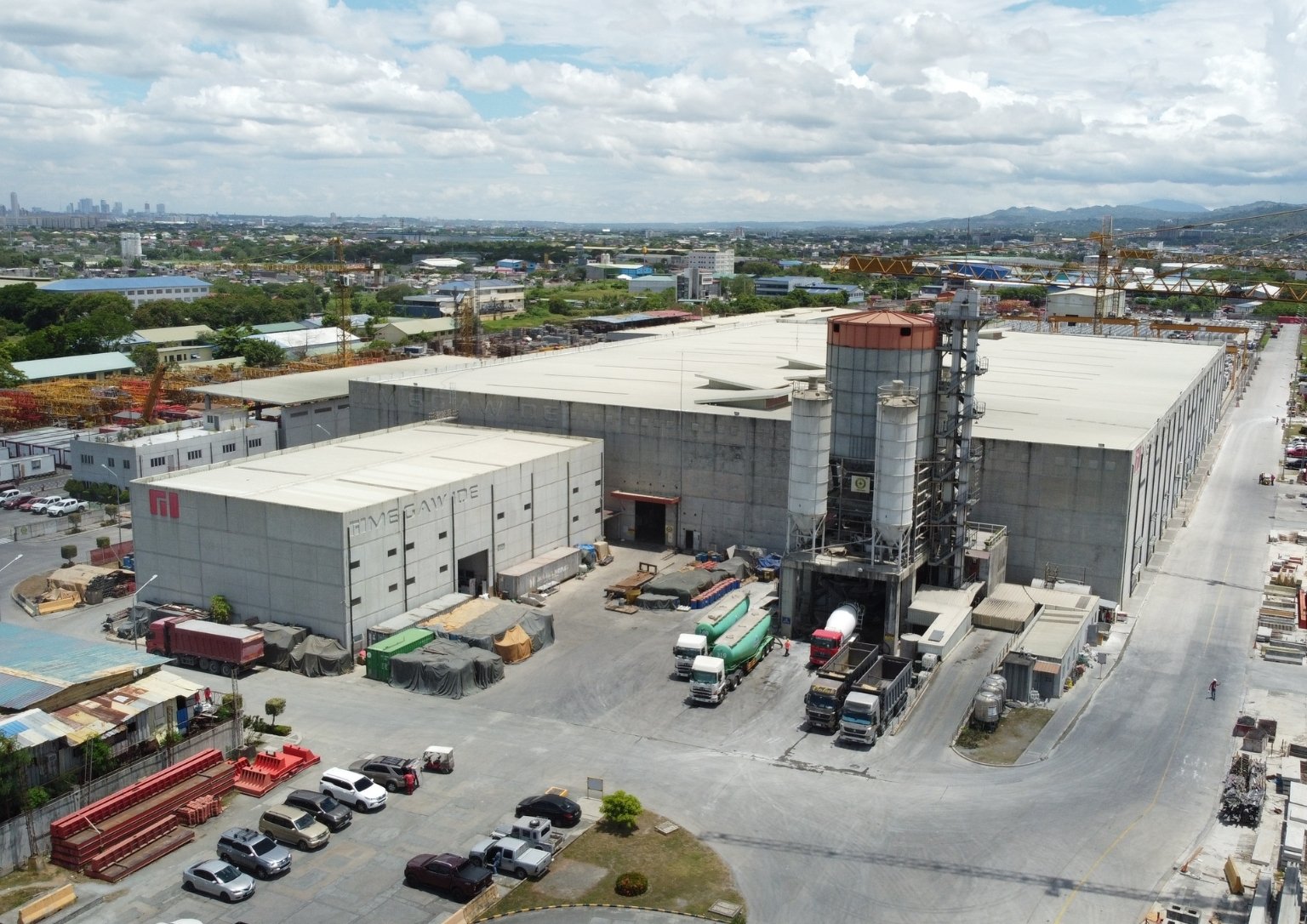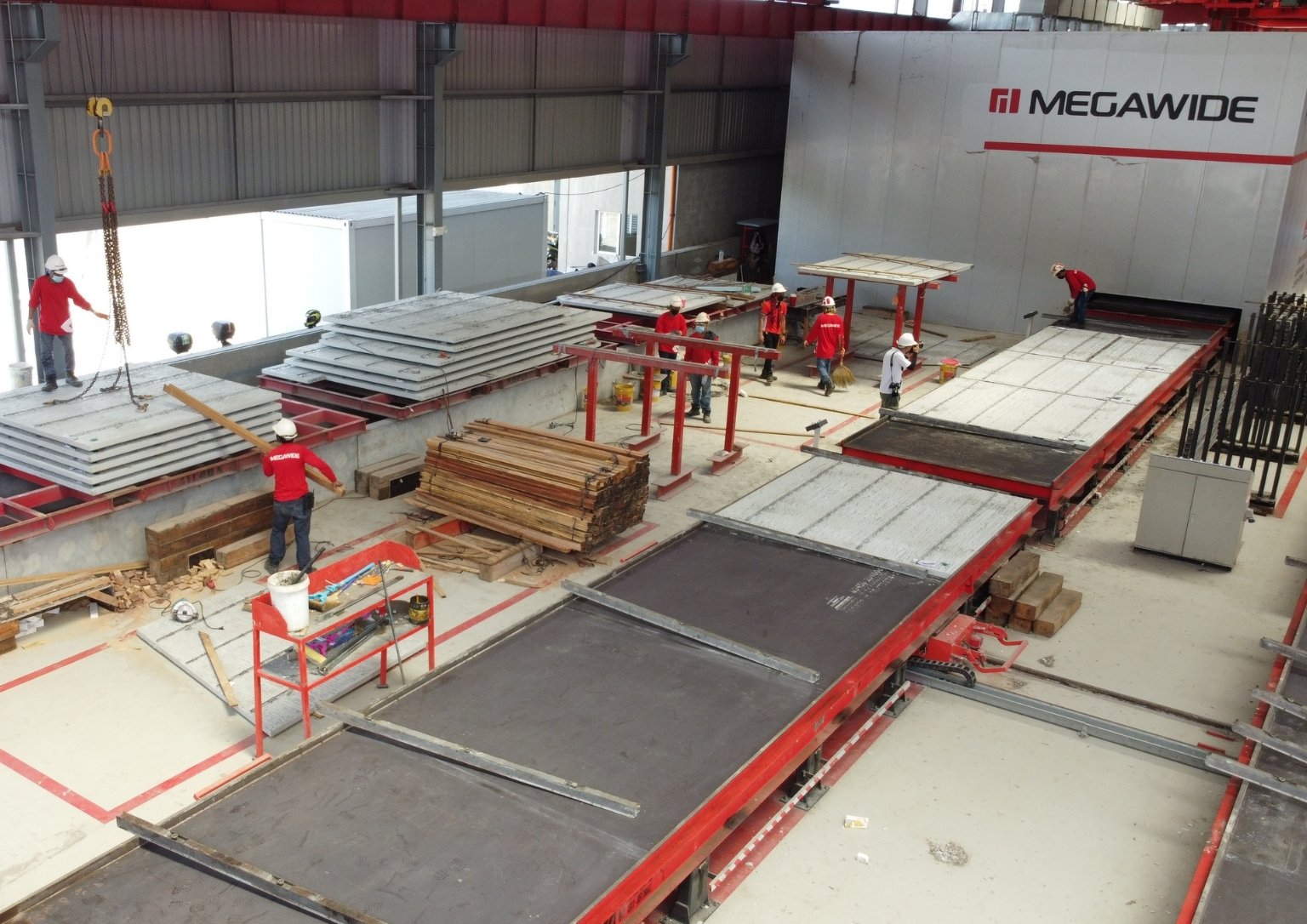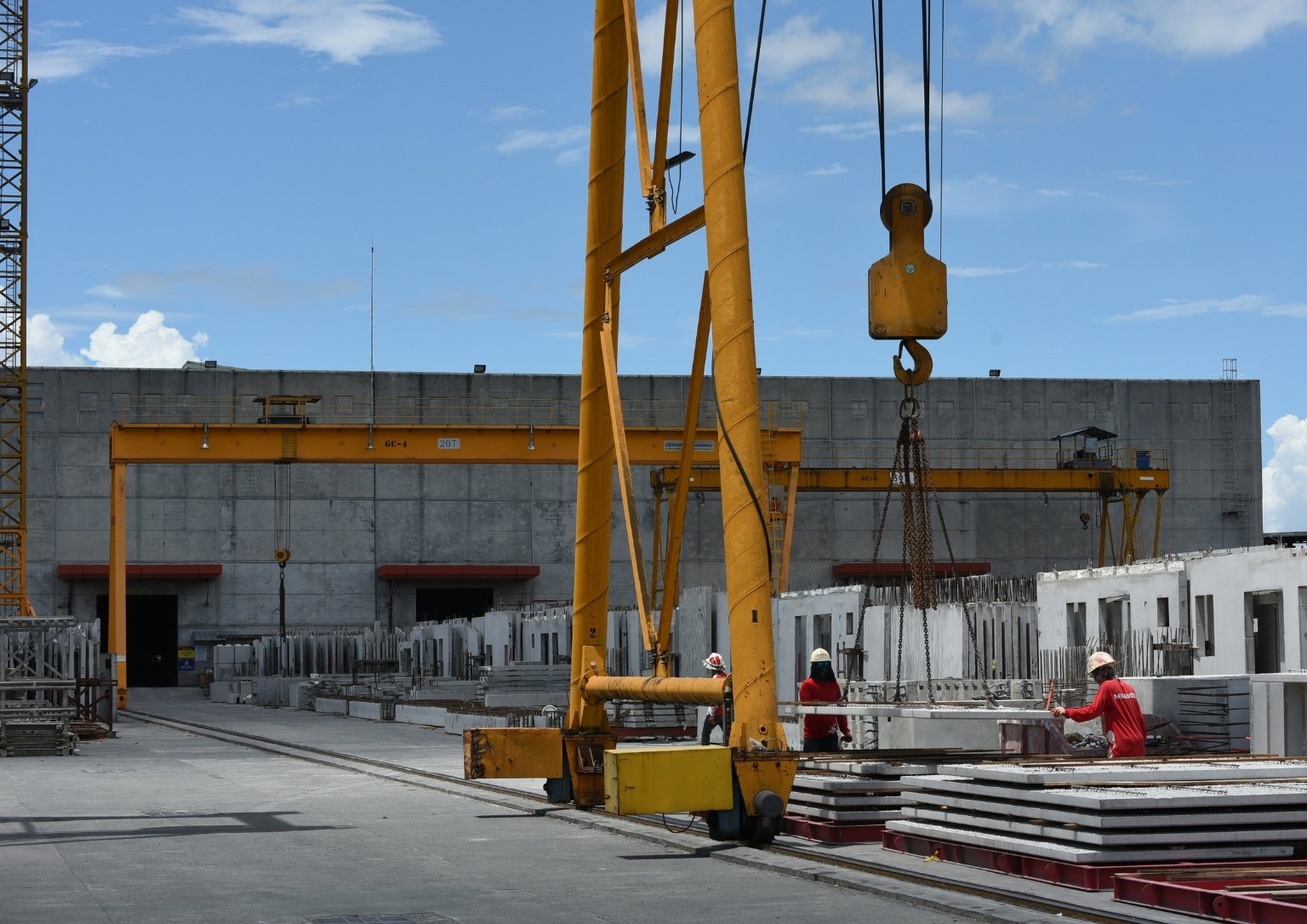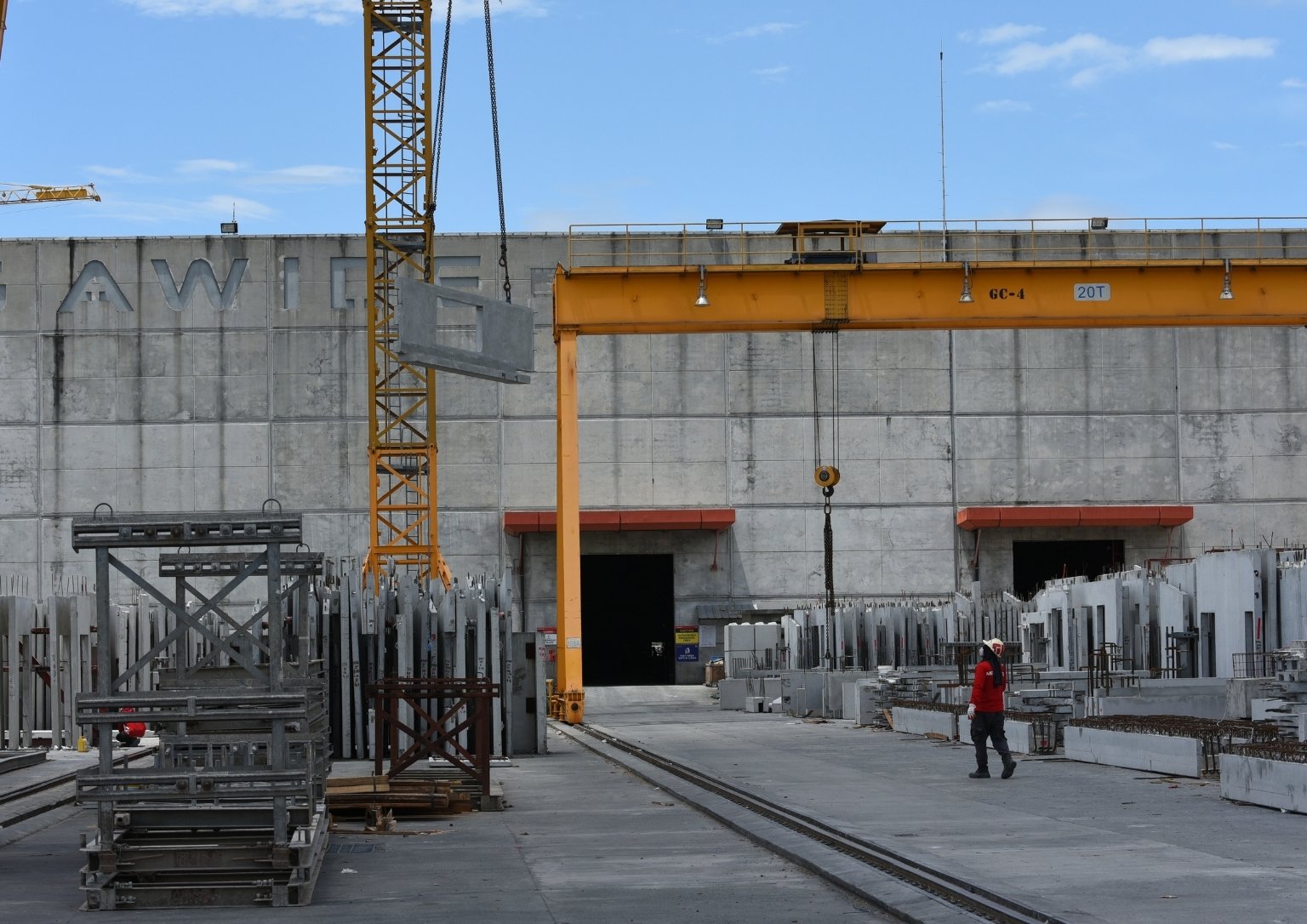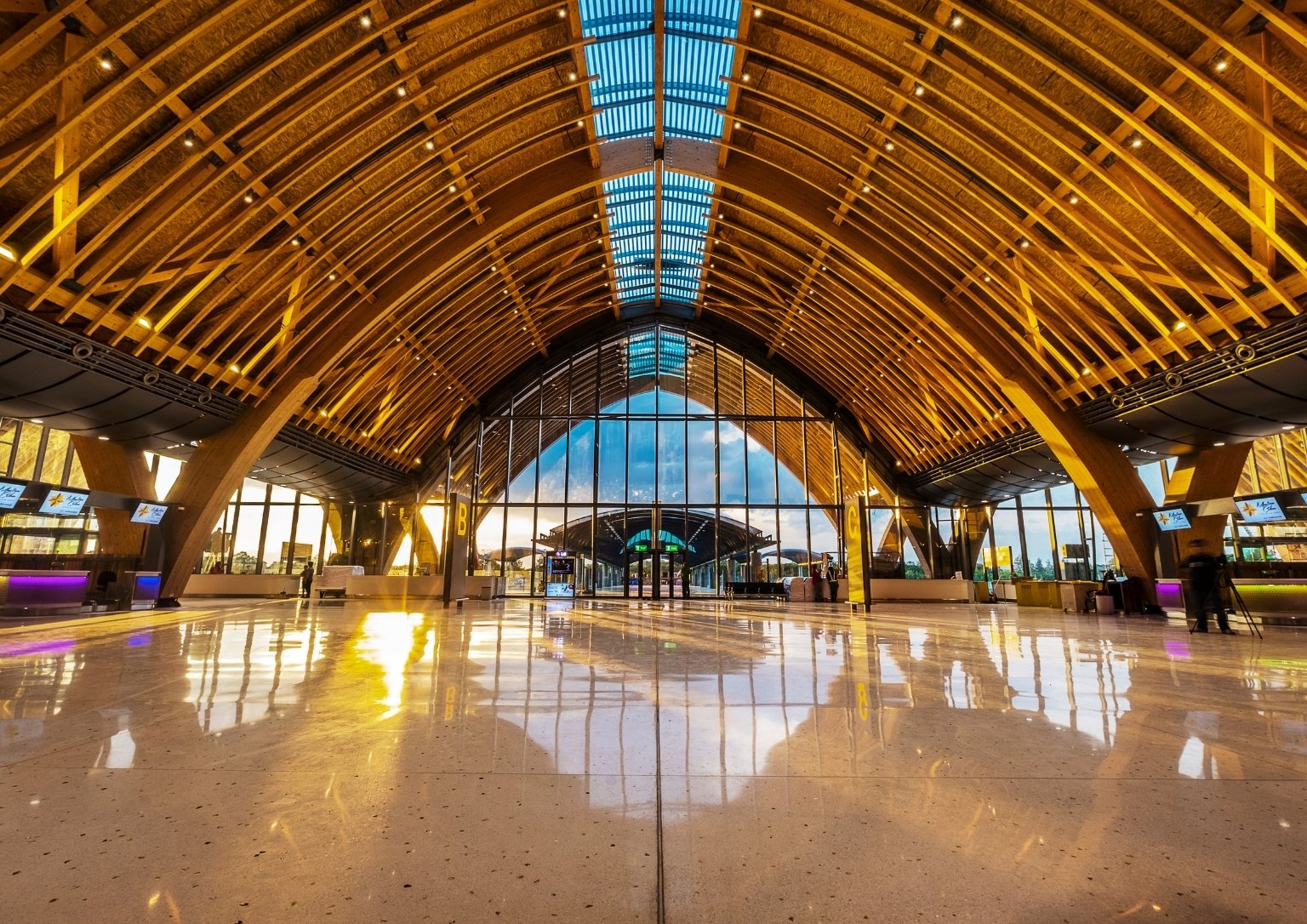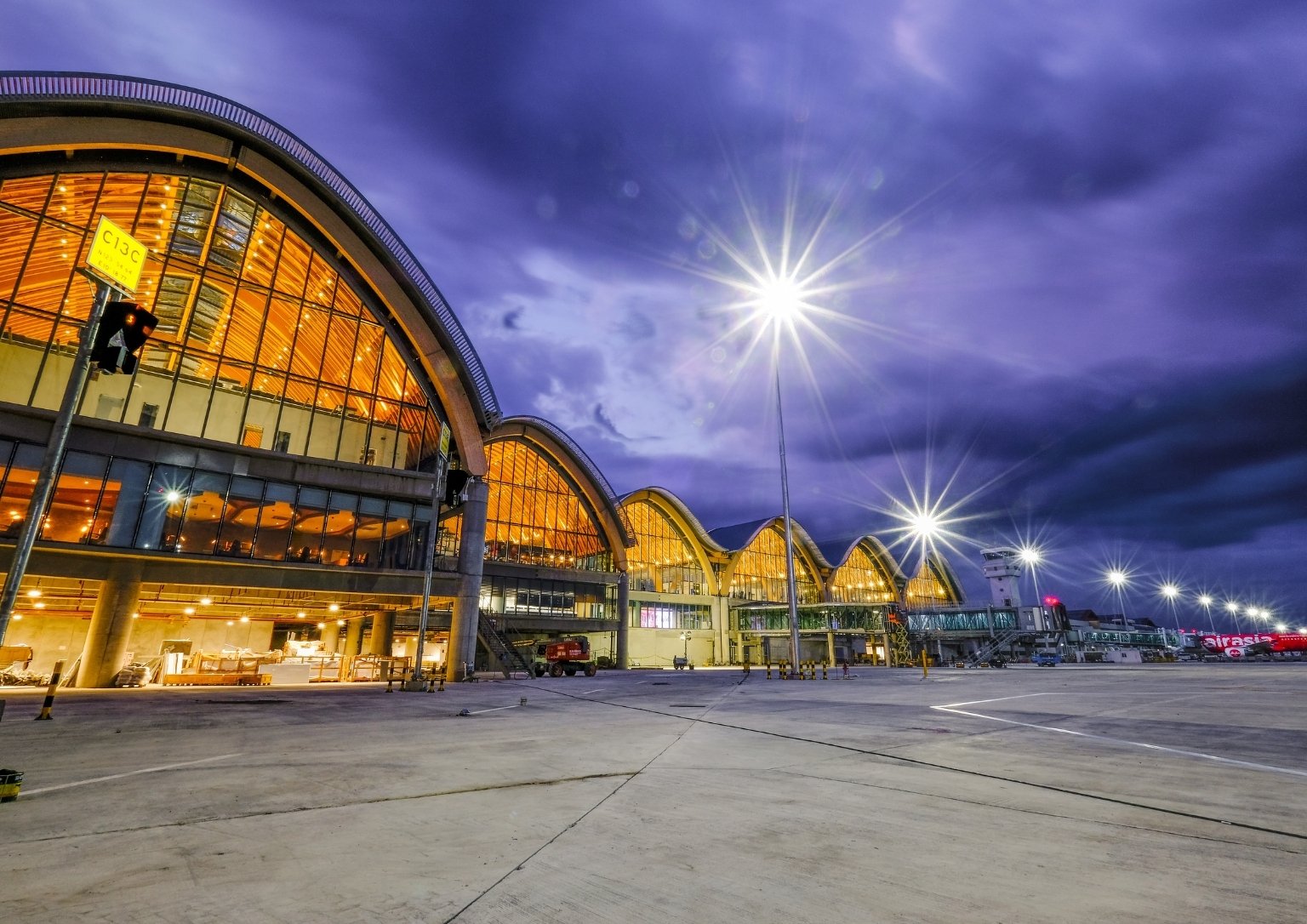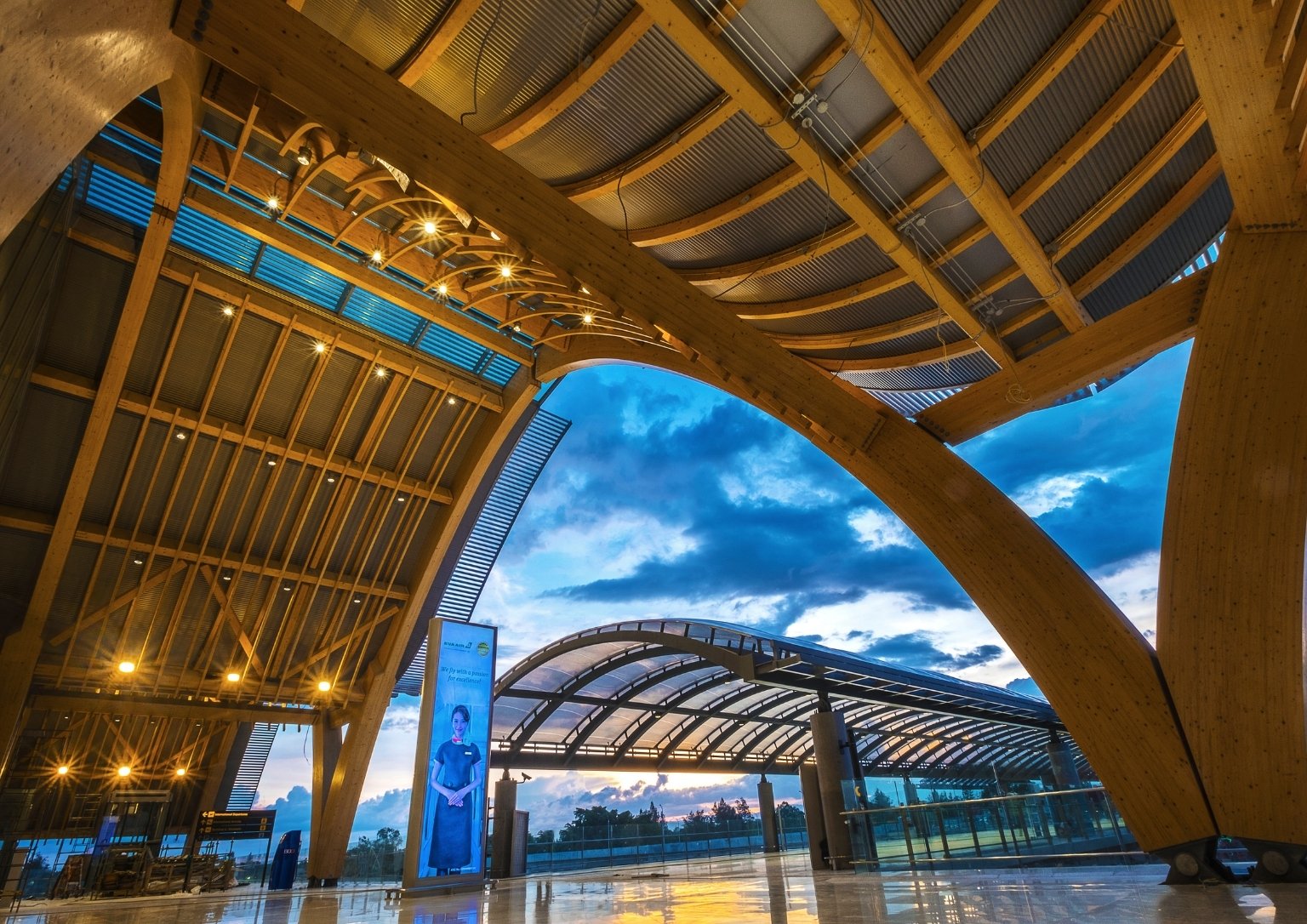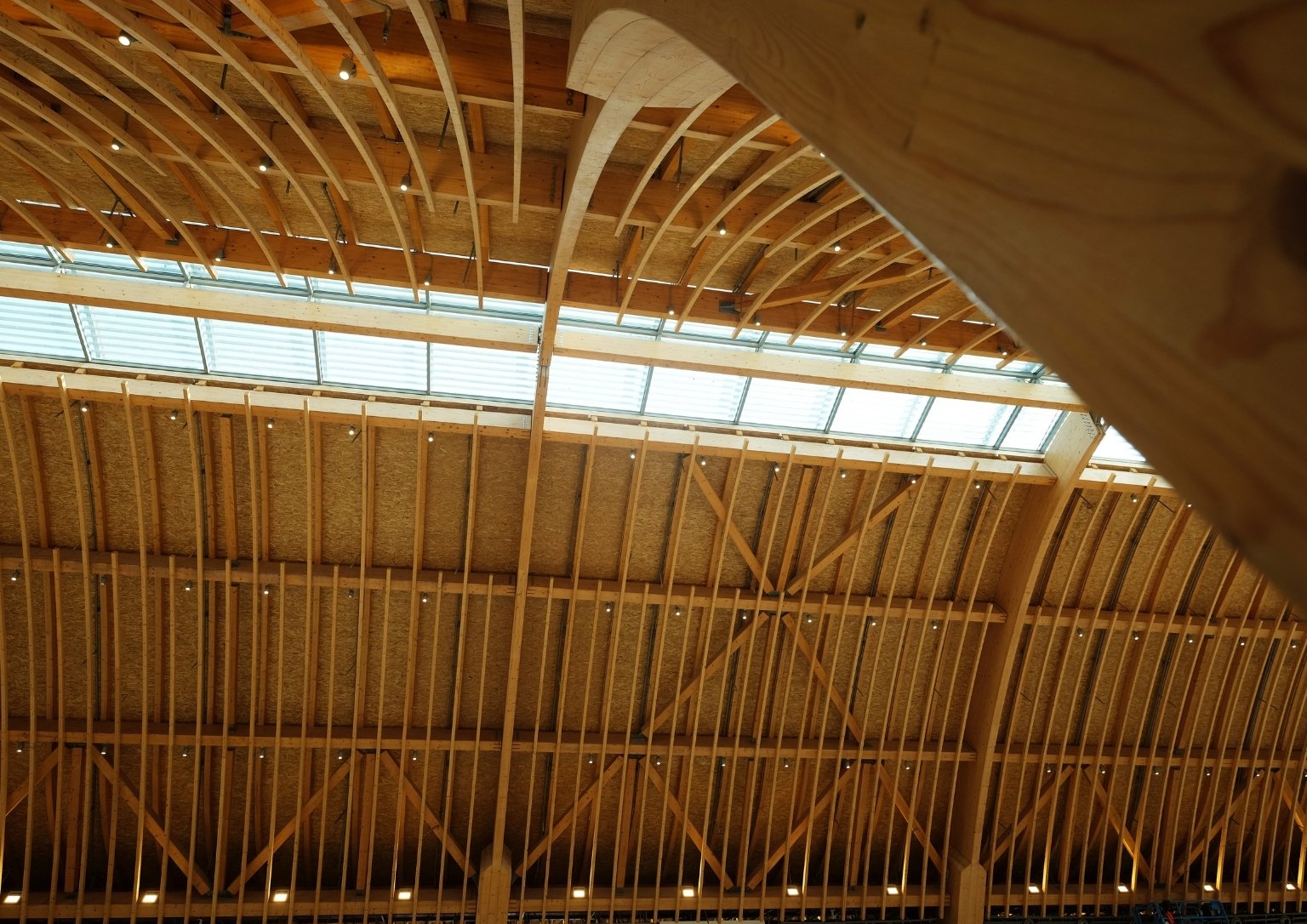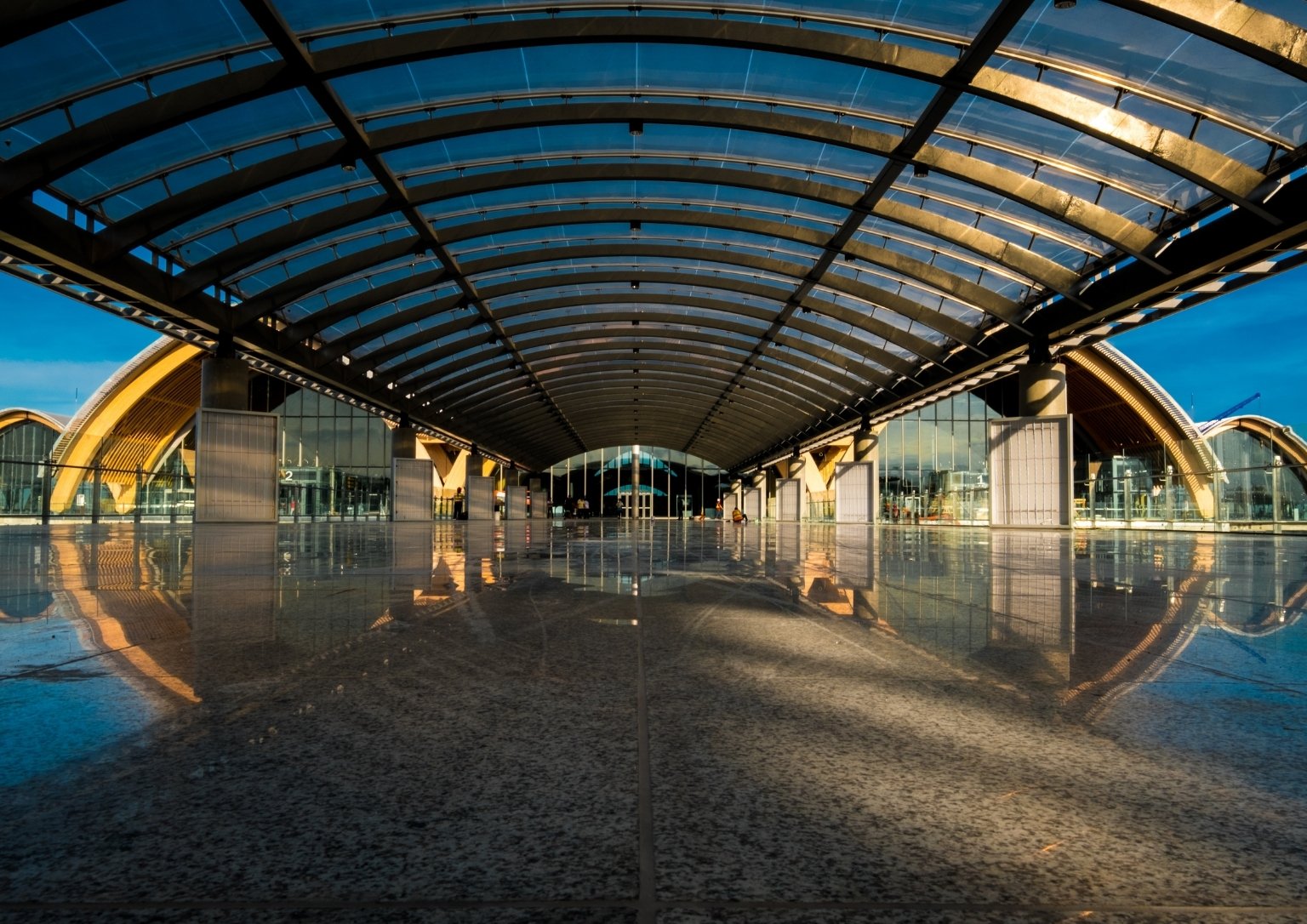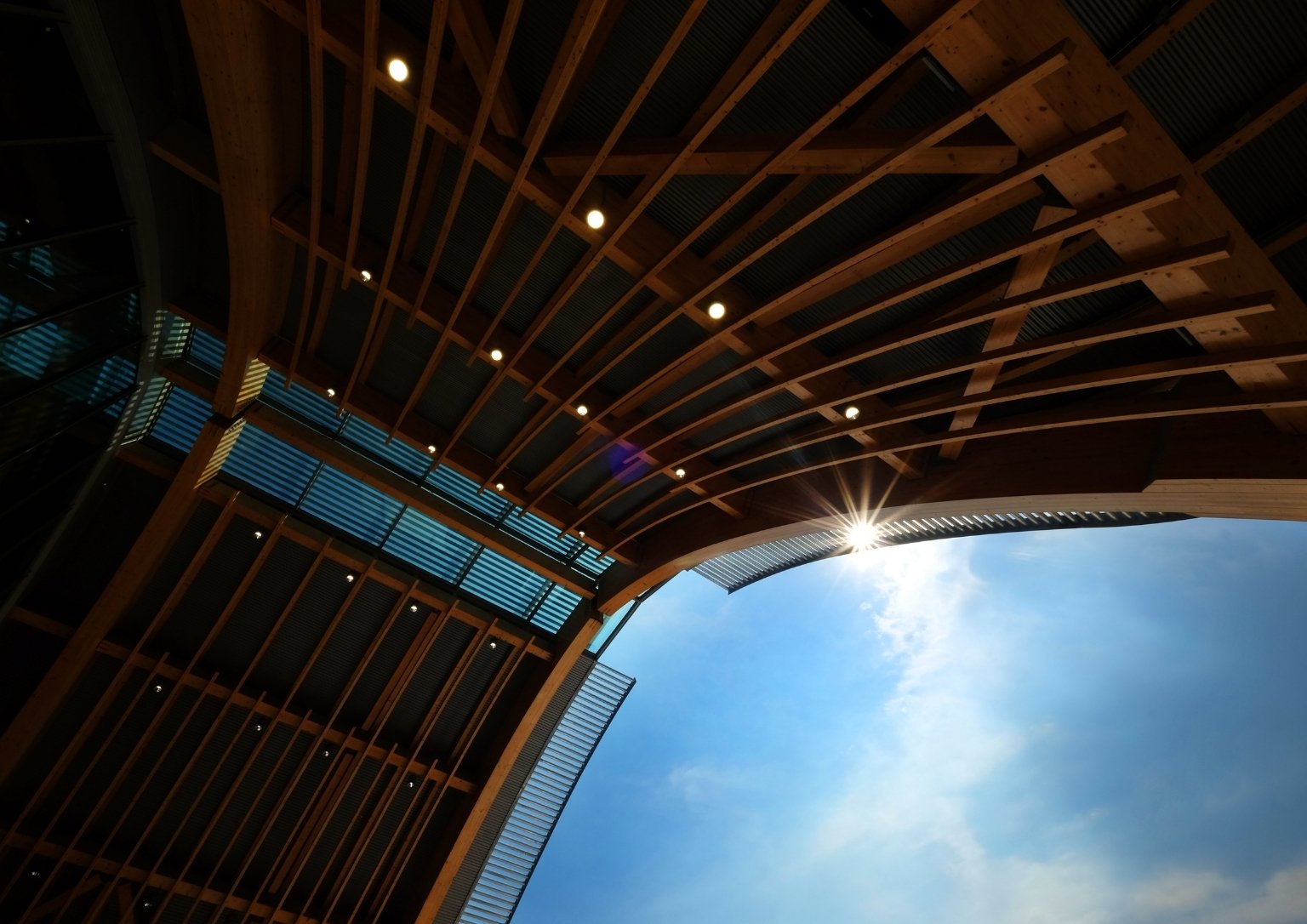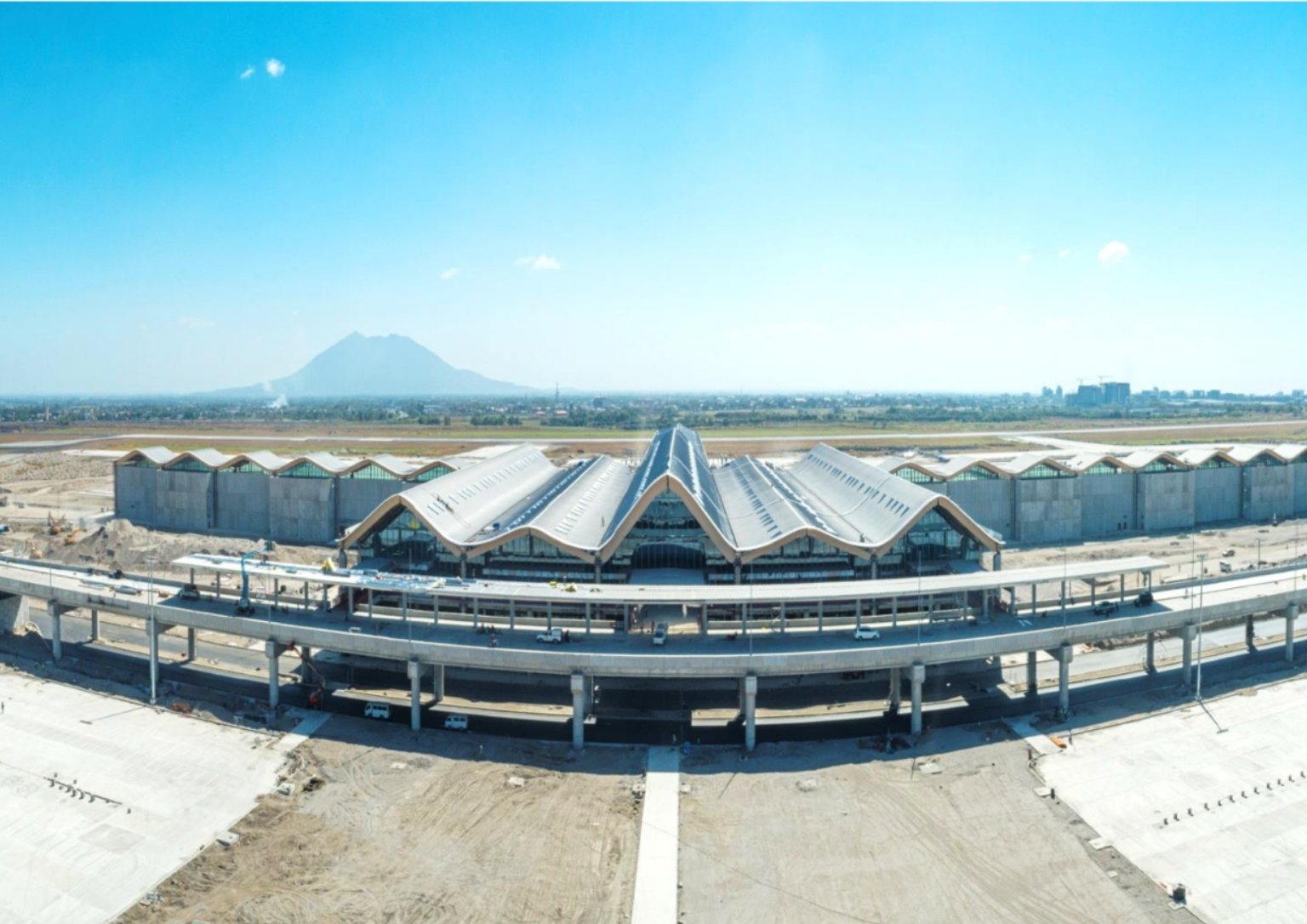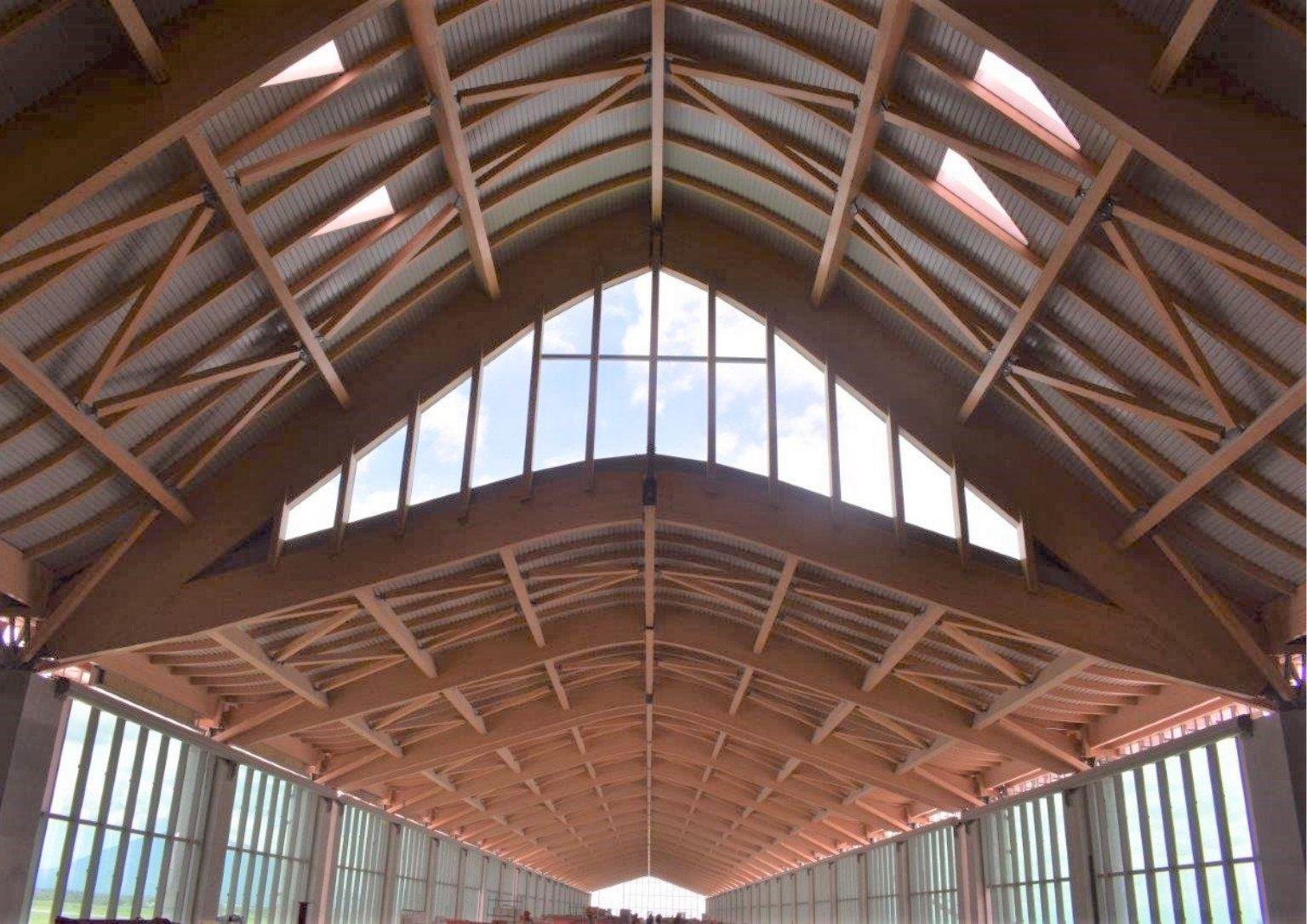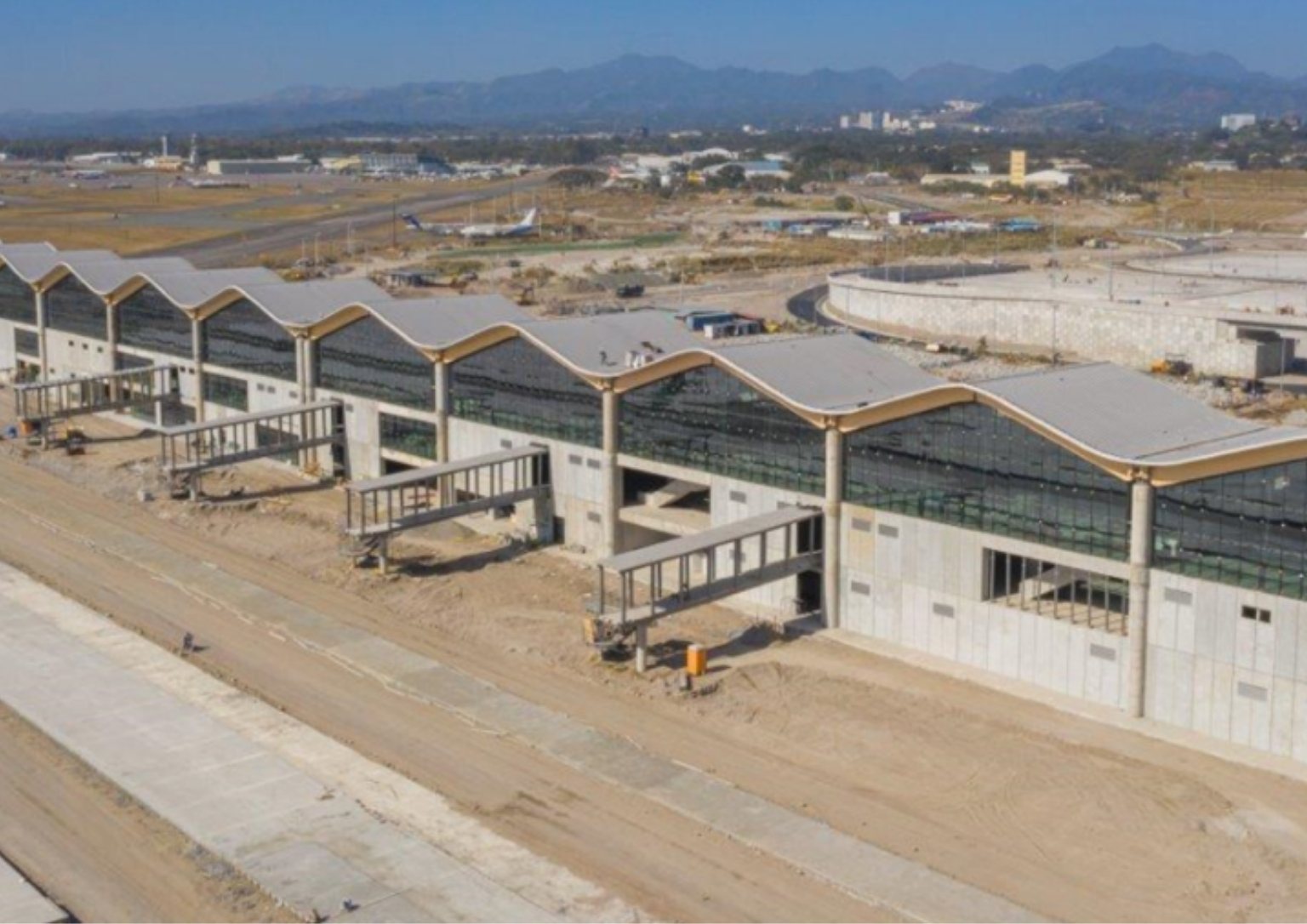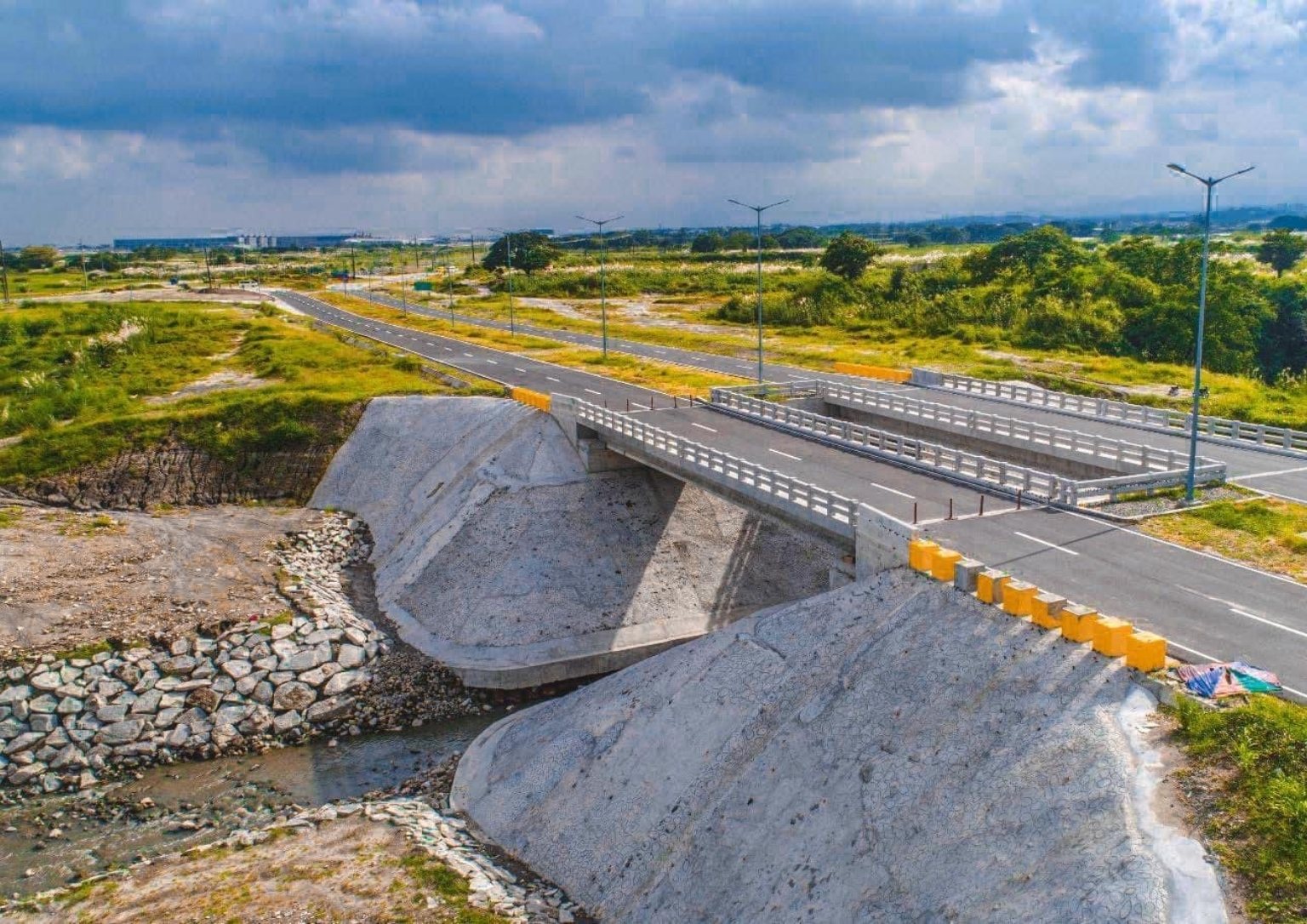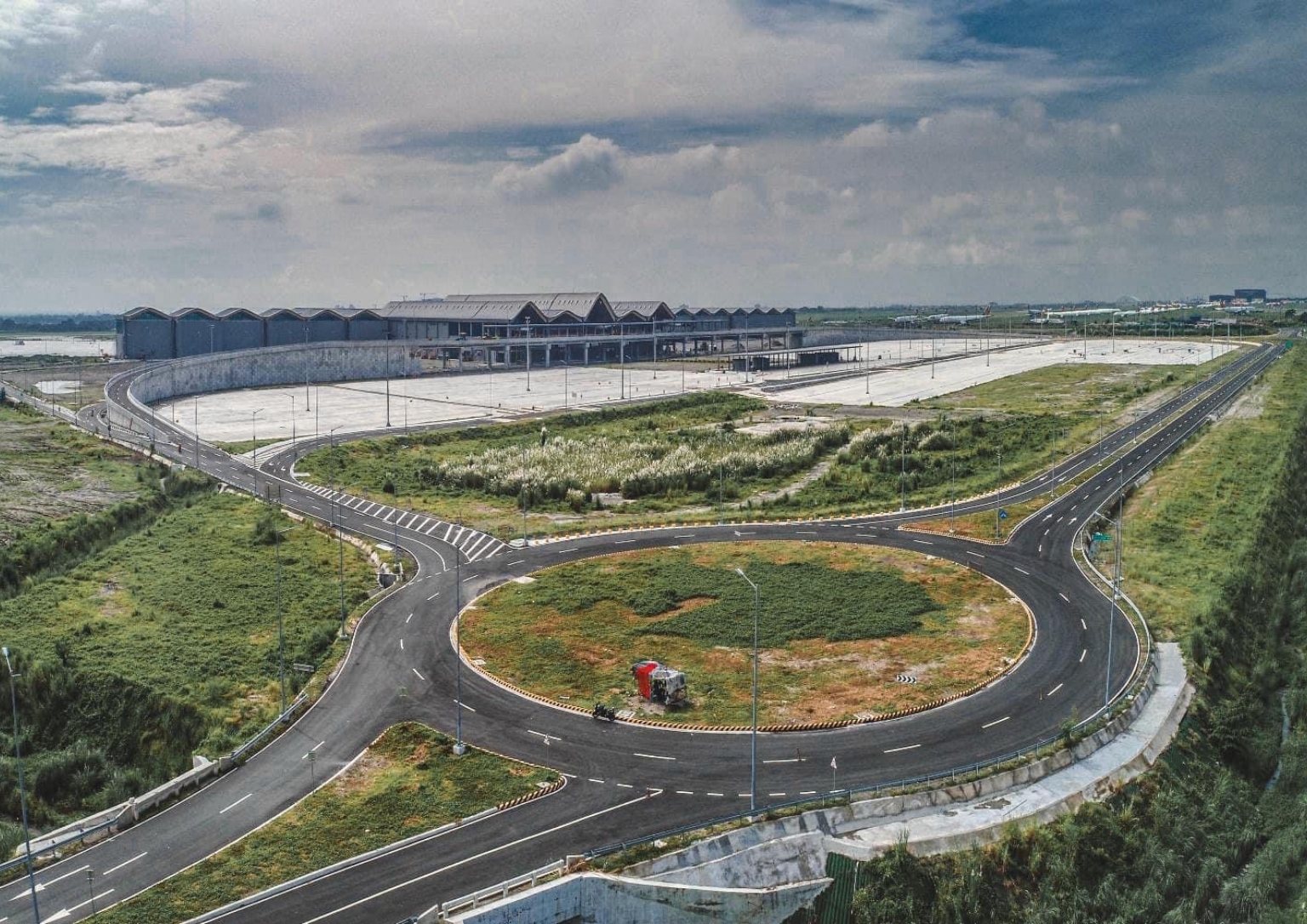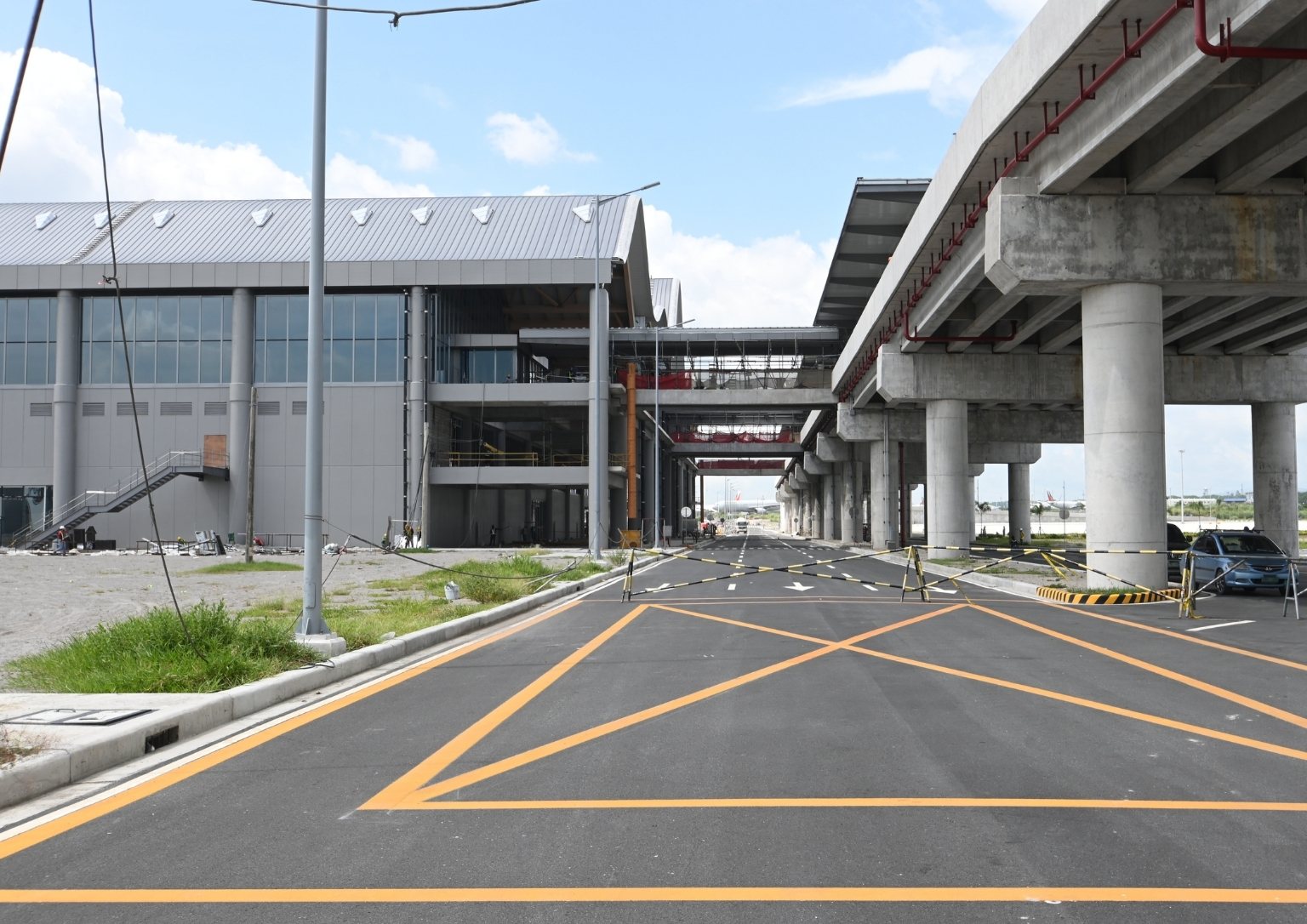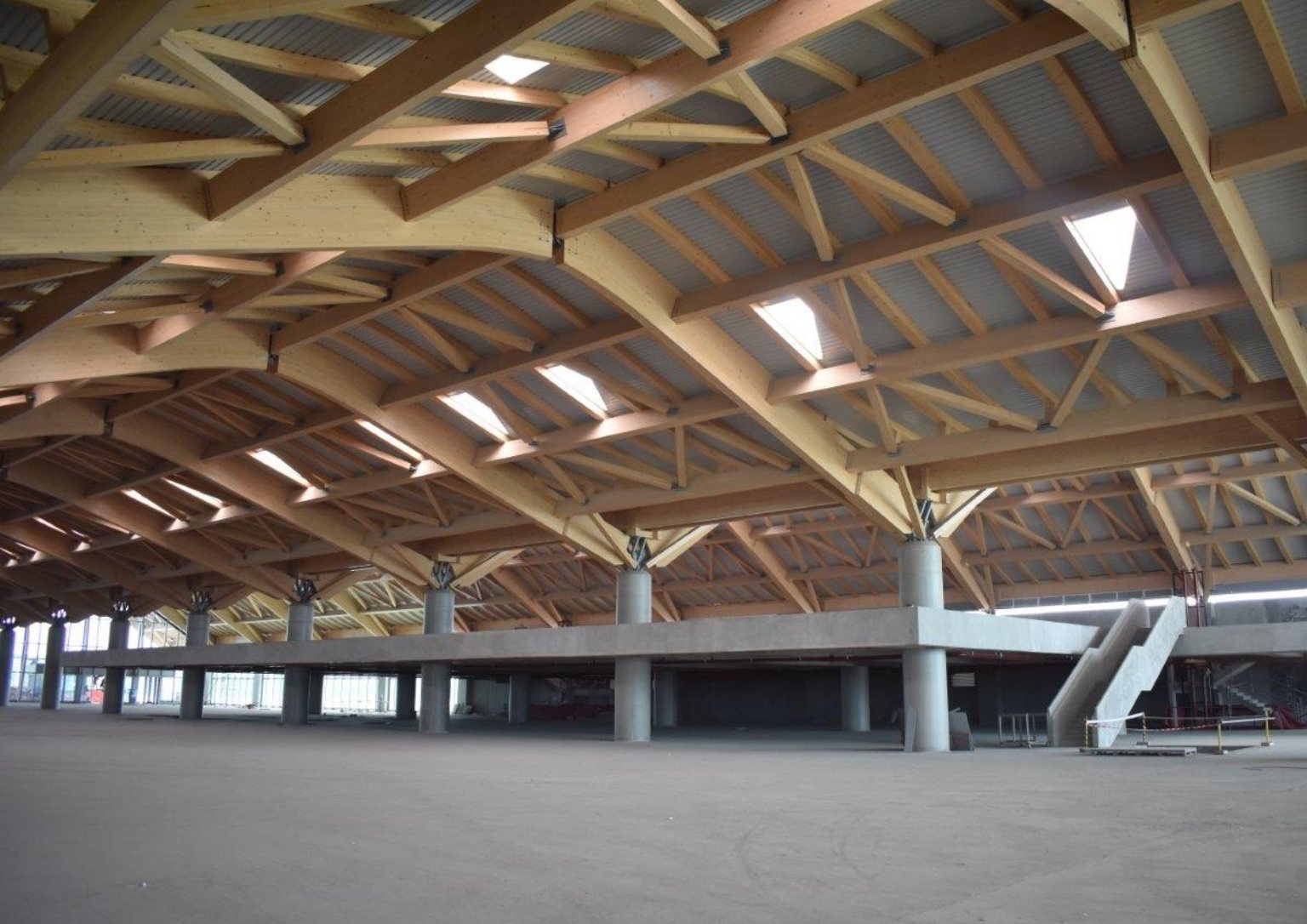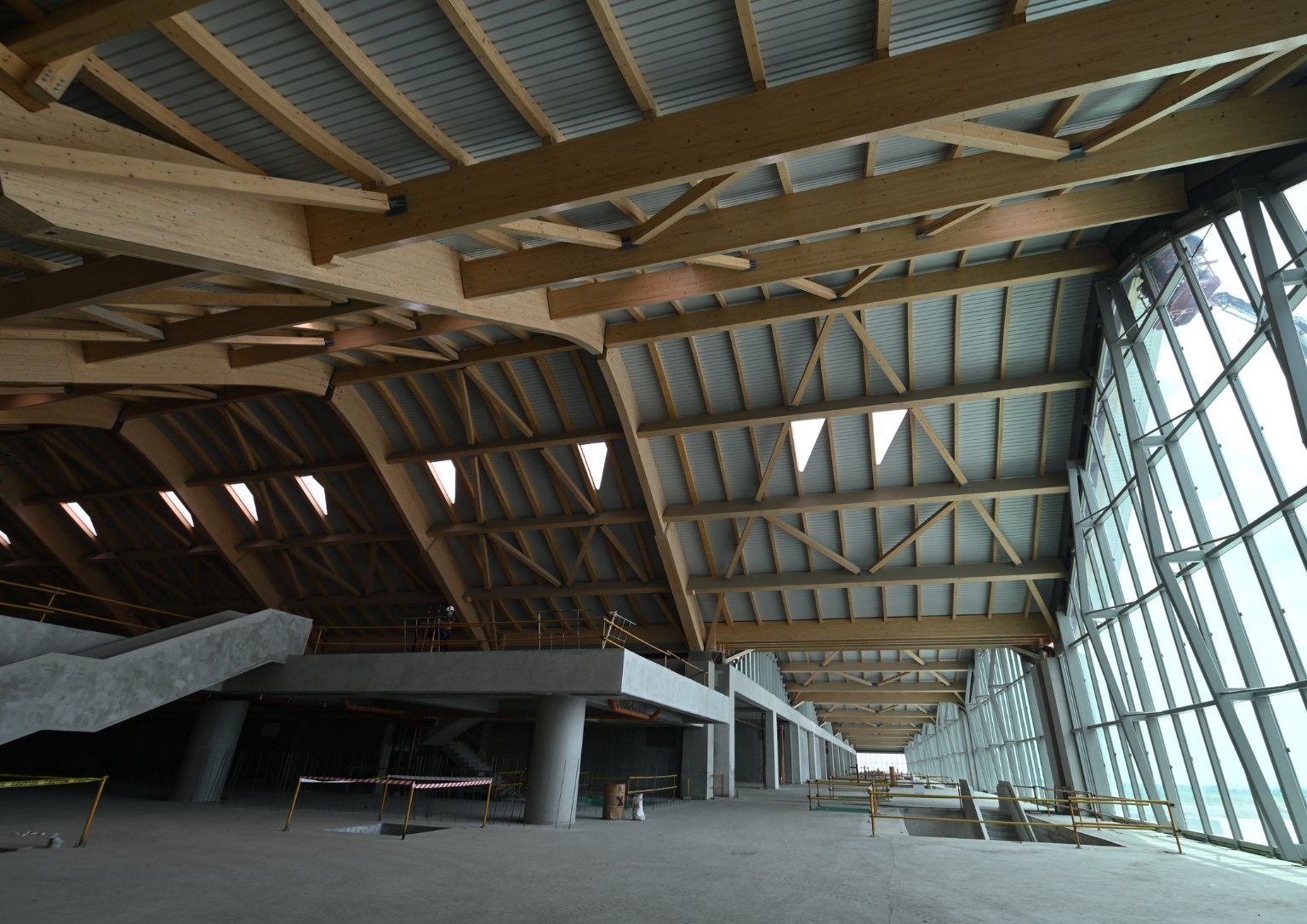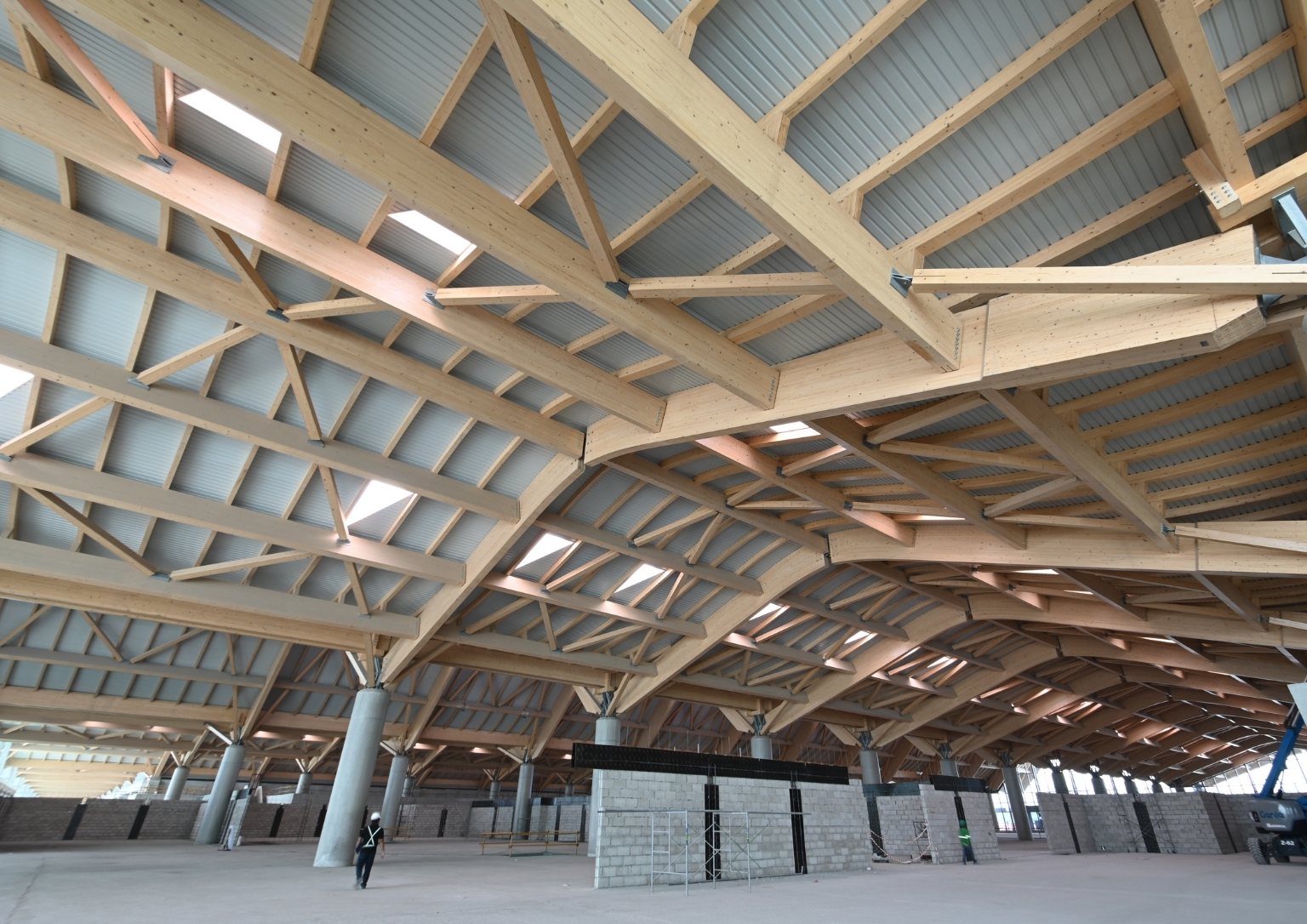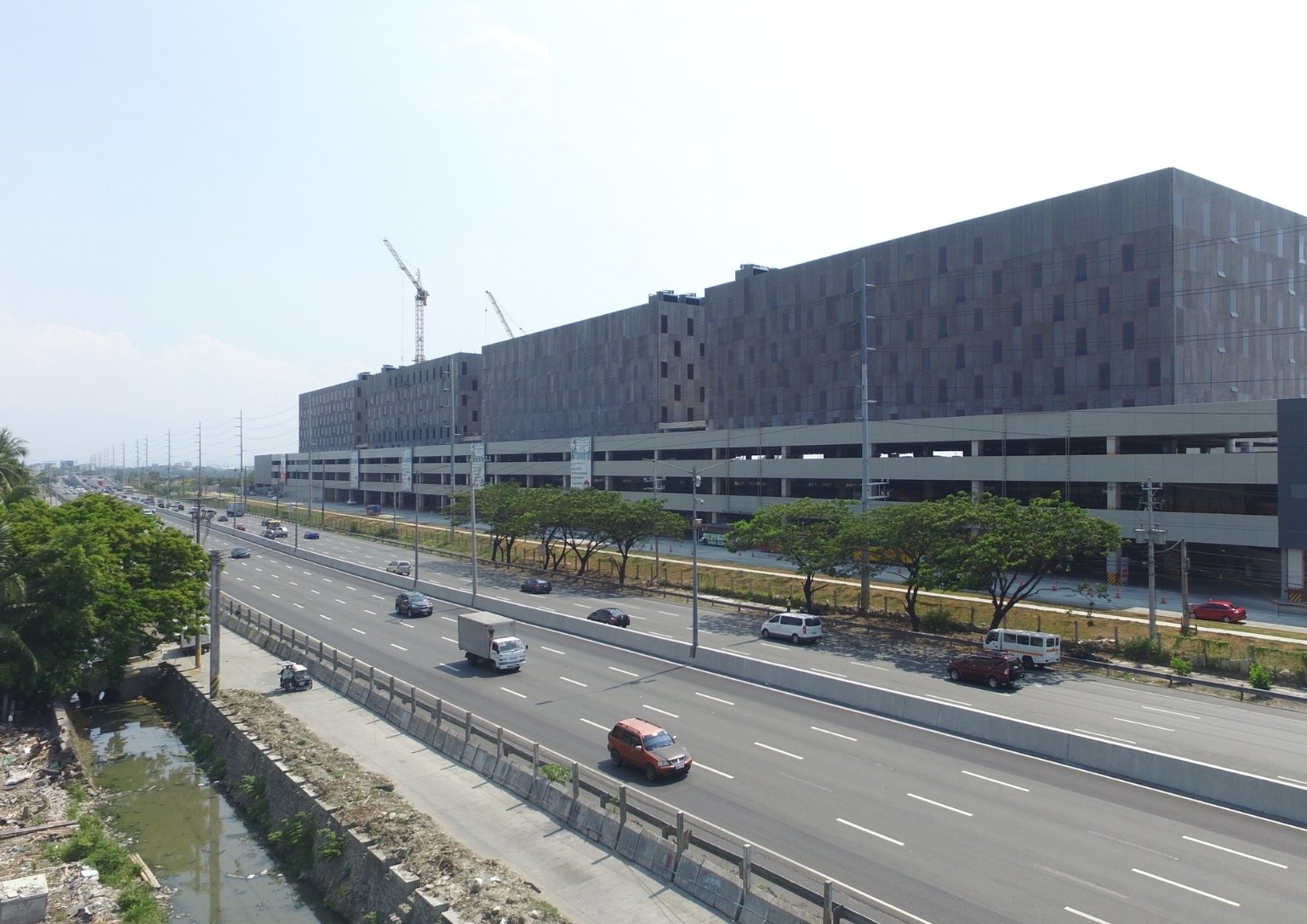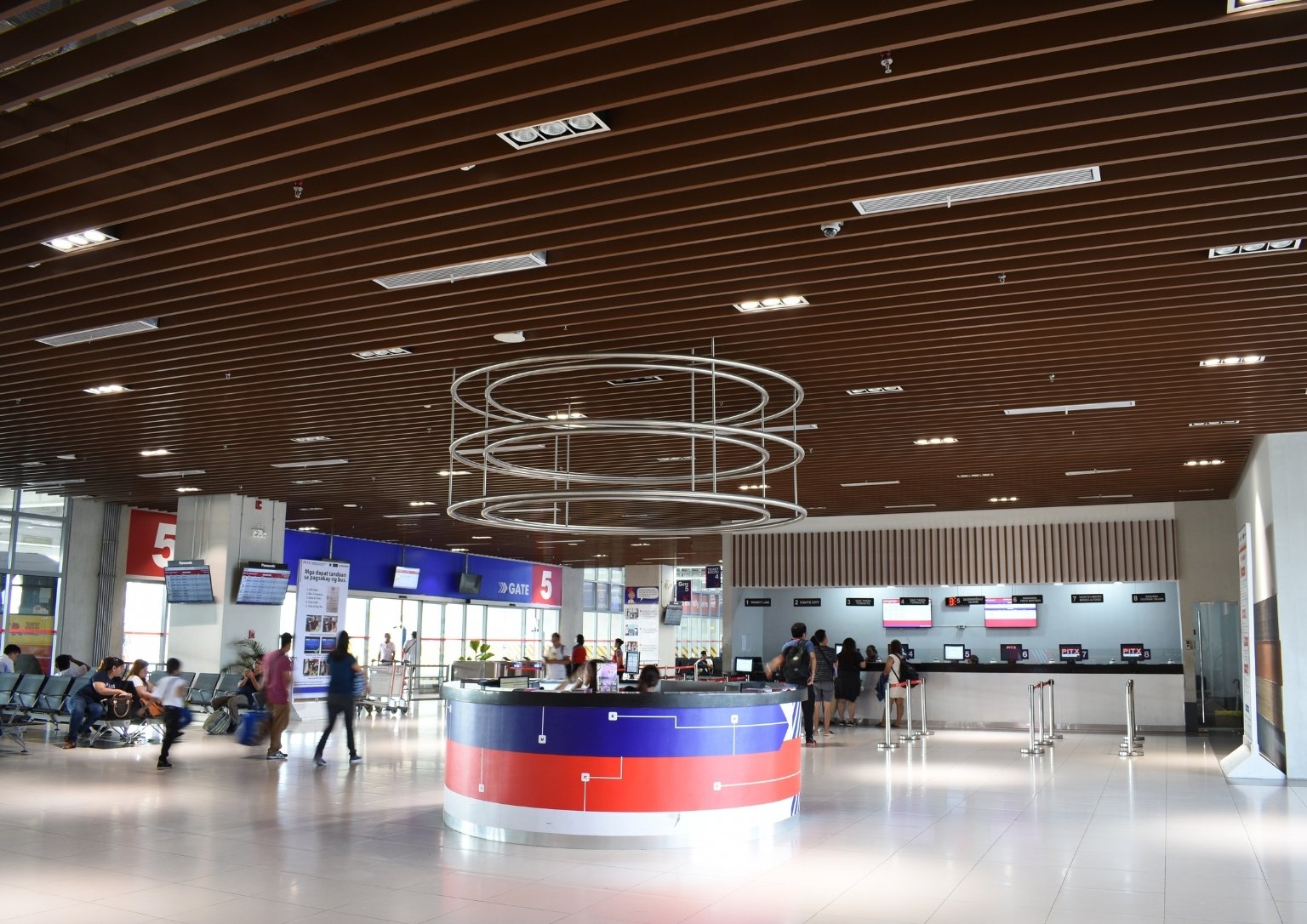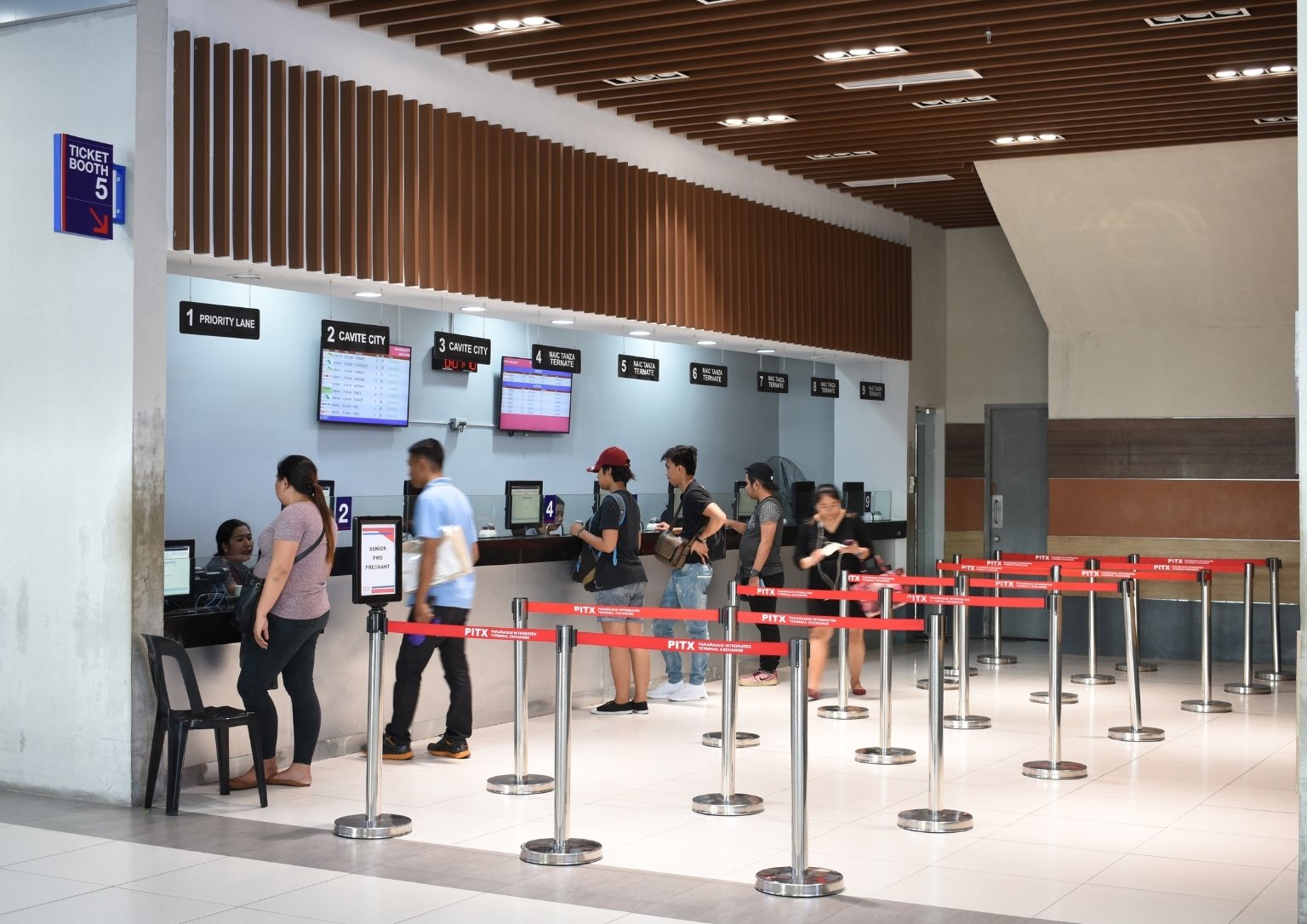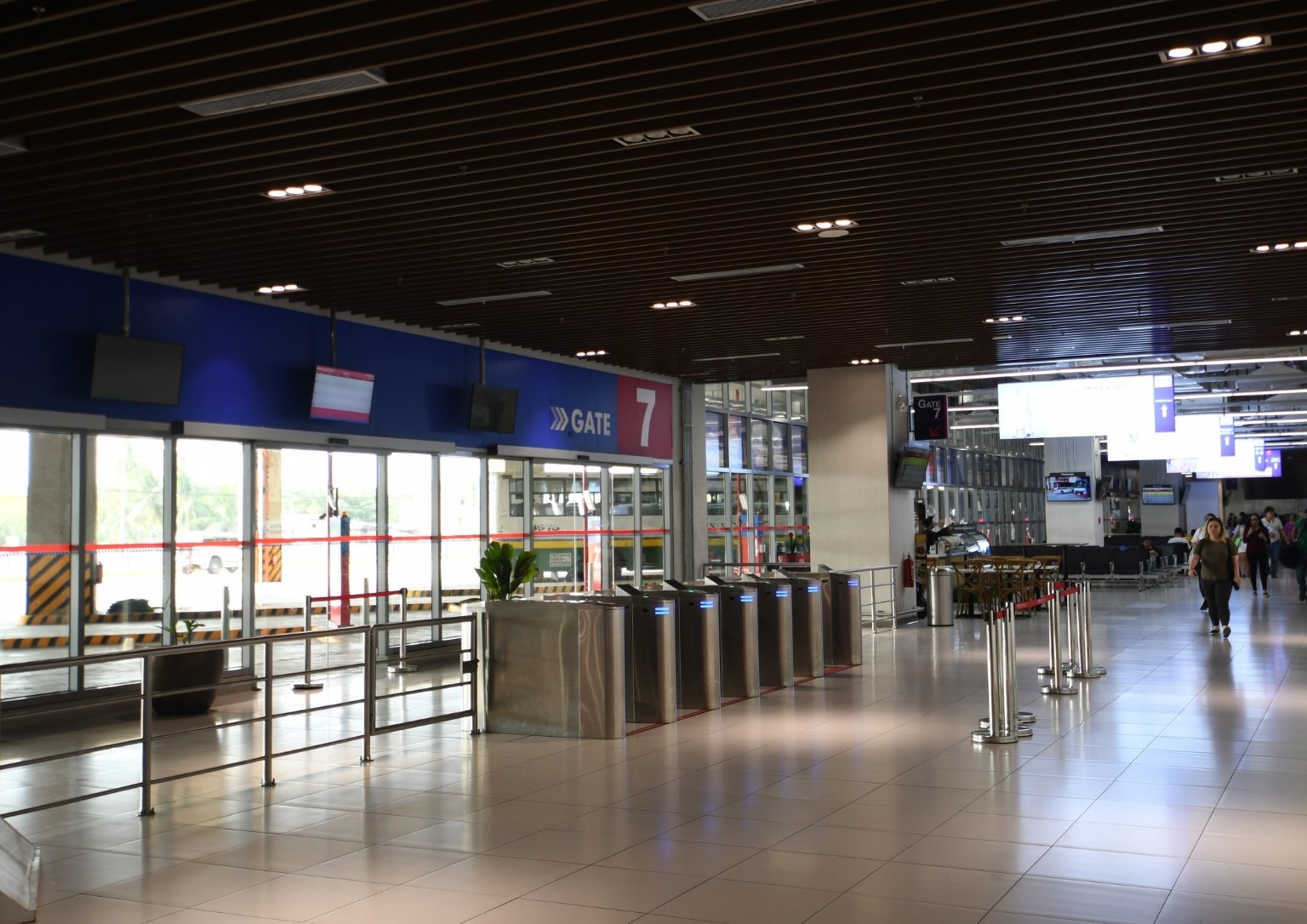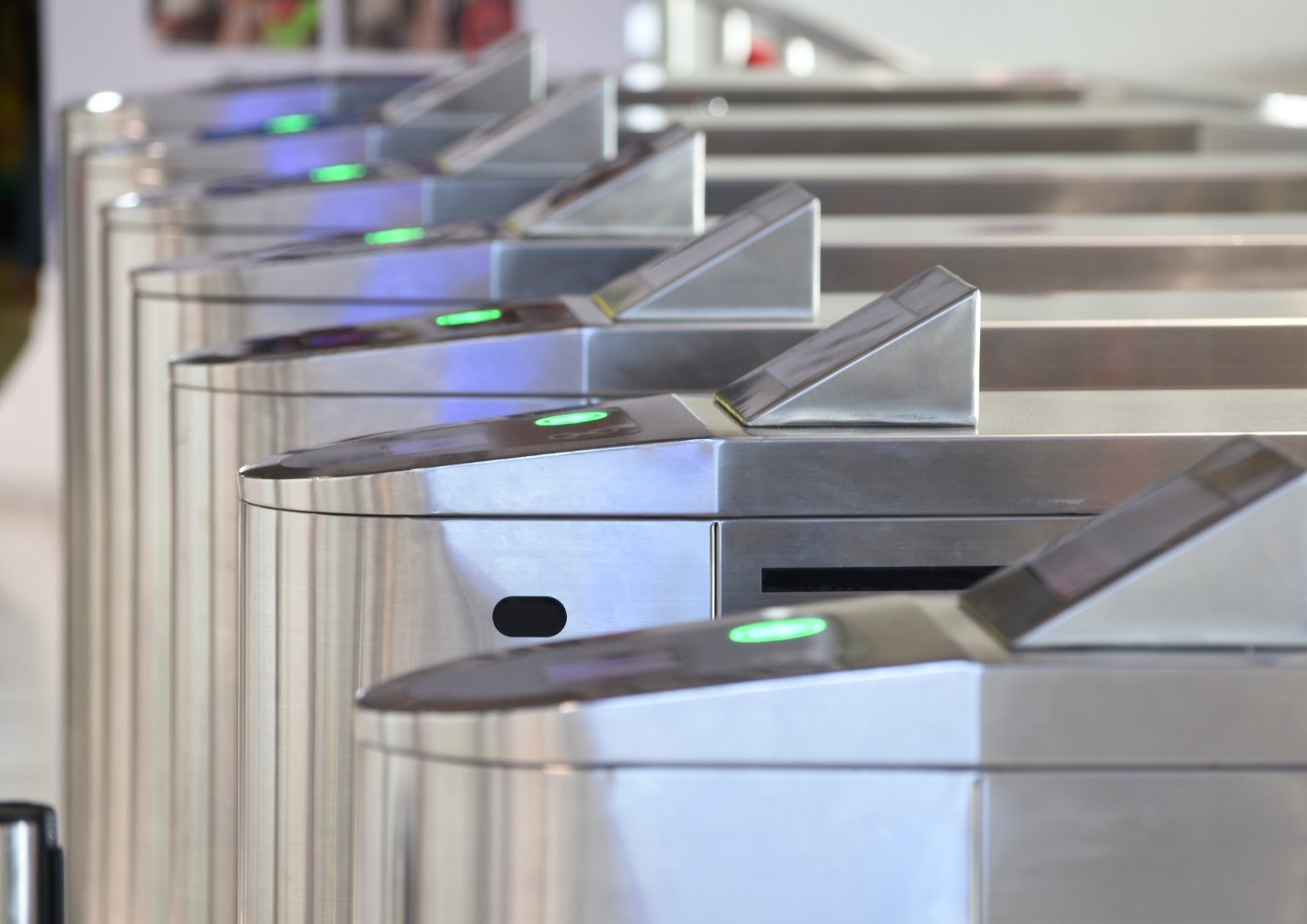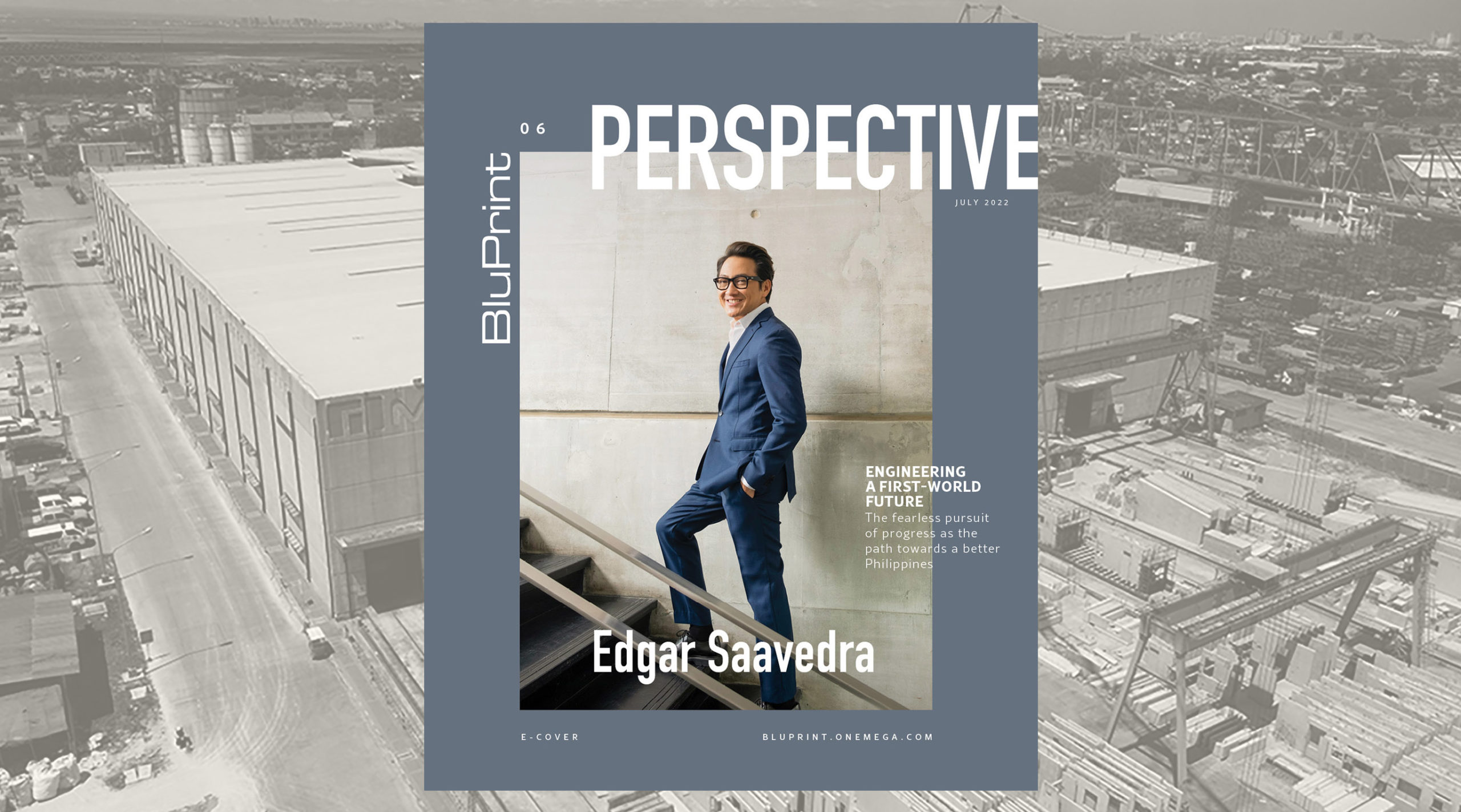
Edgar Saavedra’s Fearless Pursuit of Progress for a First-World Philippines
Every entrepreneur’s journey is always an inspiring conversation, and there is a constant behind every triumphant narrative –bravery. It is the core and defining eminence of Megawide Construction Corporation’s Founder Edgar Saavedra. He is the mind propelling the country’s prime infrastructure firm that relentlessly pursues engineering excellence and innovation for a First-World Philippines.
“The visionary starts with a clean sheet of paper and re-imagines the world”
Malcolm Gladwell

Early influences from working in their family business imbued pragmatic values that shaped Saavedra’s entrepreneurial spirit. With only a year of experience working as an engineer and bolstered by an immeasurable amount of courage, Saavedra established Megawide Construction during the Asian Financial Crisis of 1997. His entrepreneurial imprint, more than the strategic know-how, fuelled his will to fulfill the dream of starting a construction business.
Saavedra explained what gave them the confidence to start a new venture at a time when Asia’s economy was at its worst, “At that time, I didn’t have any assets, I only had a few thousand pesos in my pocket because of my savings. And if you have nothing to lose, why not? If I make money, it’s an additive, and if I can not make it, I will find a way to recover.” Fearlessness because there is nothing to lose and everything to gain kick-started a corporation that would soon profoundly influence the Philippines’ construction industry.
Then And Now


The financial crisis that crippled the economy in 1997 was deeply felt by all industries, including construction, with banks and other institutions hesitating to lend money for companies or any development activities. Engr. Saavedra also recalled that building technology at the time was crude and outdated, unlike now, with an influx of foreign suppliers and local companies willing to introduce new technologies. To him, the construction industry has now realized the need for new technologies to accelerate building better structures. He also adds that today, the Philippines has plenty of ongoing infrastructure projects needed to spur the economy, and encourages young architects and engineers to participate, saying, “This an ideal time for everyone, especially new construction companies, to go into the infrastructure business. It can be challenging, but there’s so much opportunity because there is so much that needs building, from housing, roads, railroads, and other infrastructure.”
A portion of the Megawide Industrial Facility in Taytay, Rizal, which houses its advanced precast plant.
Today, Megawide’s contributions to the construction trade elevate the industry through the valuable innovations they bring in. The company’s massive precast concrete plant in Taytay, Rizal, with a total area of 100,000 square meters, is the Philippines’ most technologically advanced precast plant. Using top-notch Japanese and German technologies, the factory can produce 168,000 cubic meters of high-quality precast concrete annually. This means faster production time and lower long-term costs with high-grade standards and design.
The Challenge
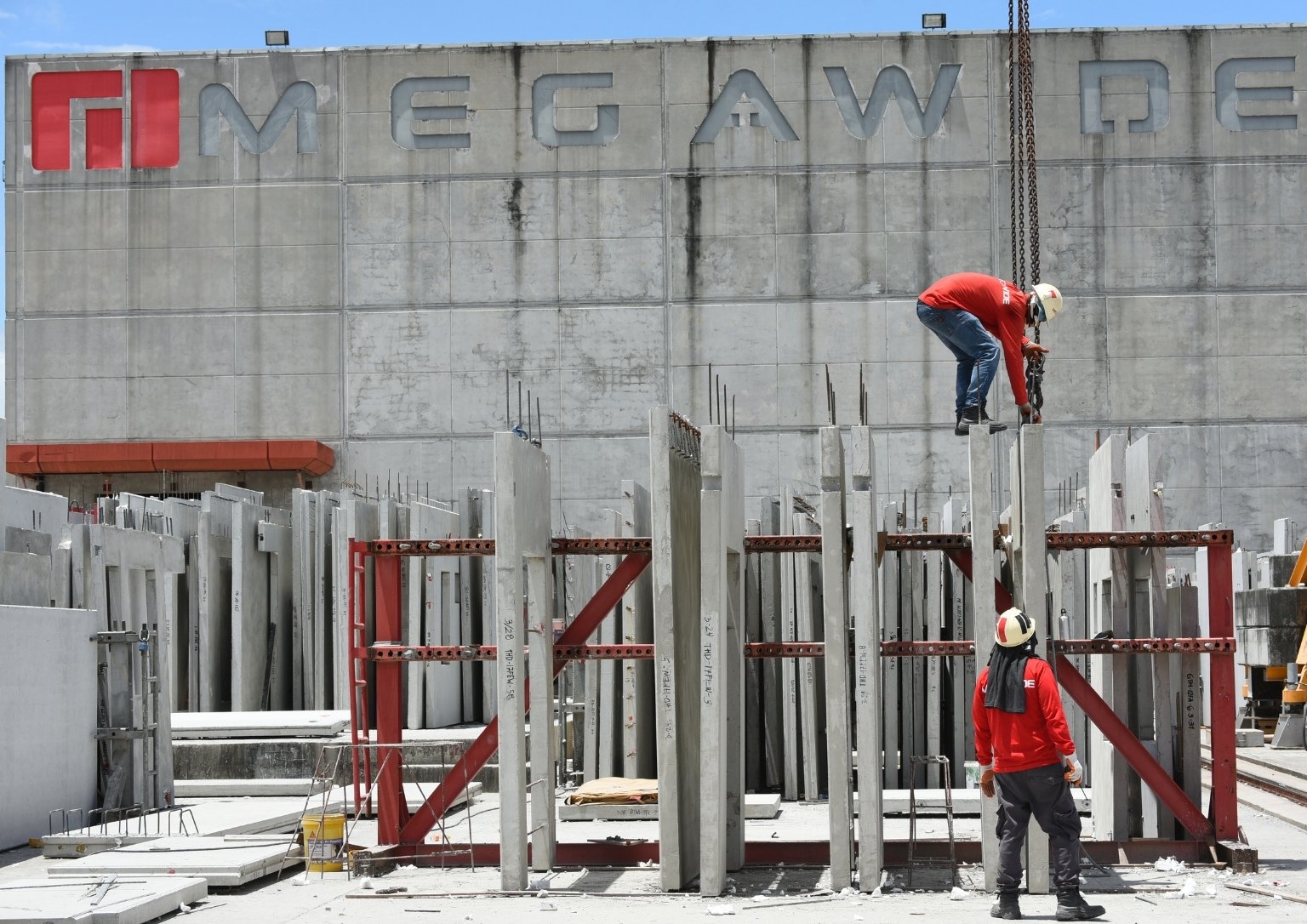

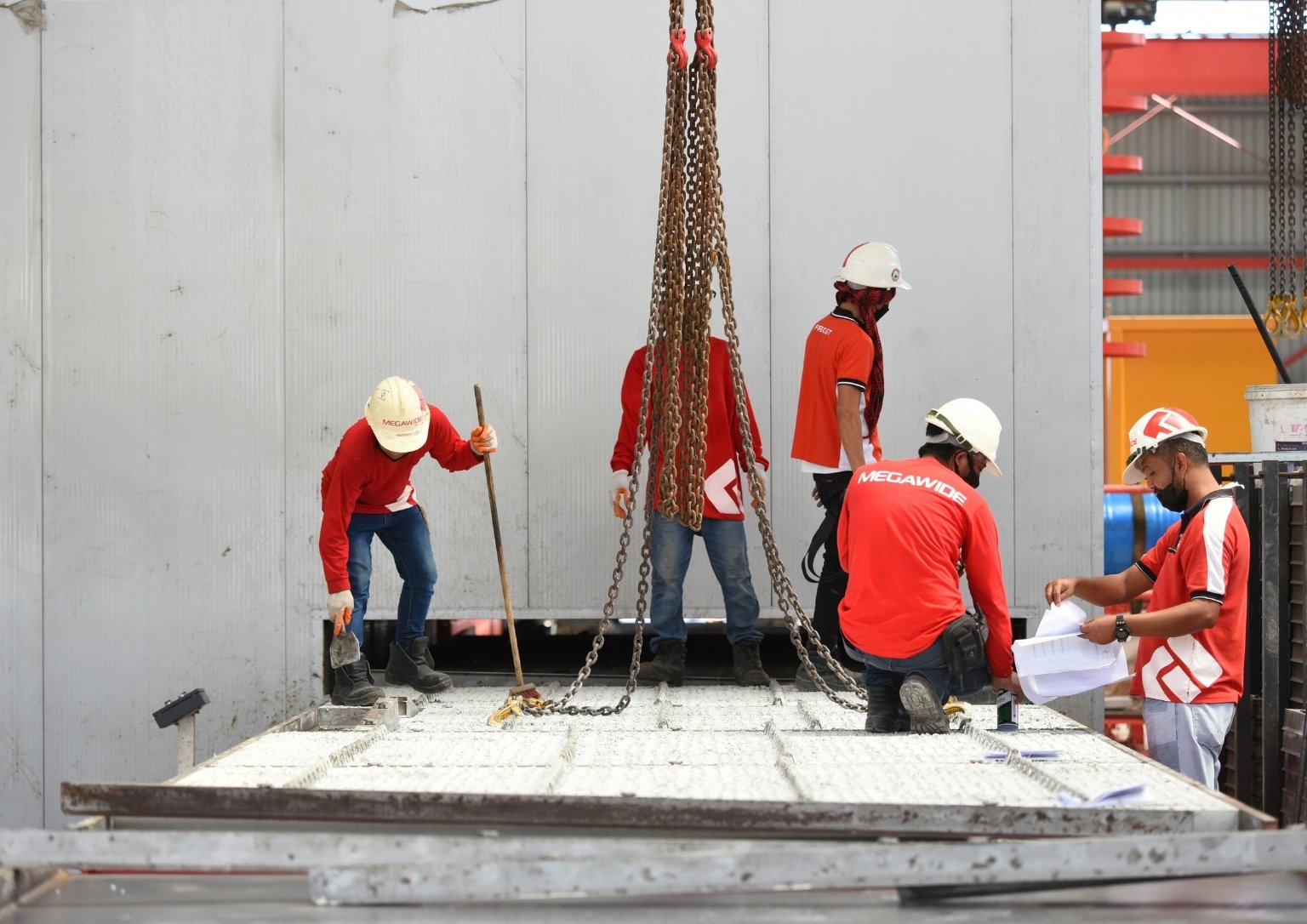
With more than two decades of experience as a contractor, he regards people management as the most challenging part of the process. The chairman considers that being aware of the end goal is the easier part of the operation. “The most difficult part is how to manage the people, from client-side to employees. During operations, you talk to your project managers and your executives down to the workers. How to make them work together, I think, is the most challenging. Bringing in new technology or fundraising can sometimes be easier than dealing with people,” he explains.
On Good Governance
Megawide’s sound partnership with the government through its Public-Private Partnership (PPP) program is an example of how an administration’s policies impact construction, which is seen as a crucial industry for economic growth. Saavedra reiterates the past administrations’ move to invite the private sector to participate in infrastructure projects enticed investors. Public bidding that followed a transparent and fair process, created a blanket of trust that resulted in a higher participation rate and a chance for local, even smaller yet capable players to succeed in the industry. “In fact, I would say the second wave of Megawide’s growth from pure construction to an infrastructure developer all started when the government opened bidding to the private sector,” he recalls.
The Multi-Awarded Mactan-Cebu International Airport
The first government project Megawide won was the Department of Education School Infrastructure Project, where it built 10,000 classrooms across Luzon. They funded, designed, and built classrooms that provided a proper arena for education. Moreover, through the bidding, the company was awarded the 25-year operations of a world-class facility, the Mactan-Cebu International Airport, in collaboration with its Indian partner, the GMR Group. “We built and funded the project, pay the government, and operate the airport,” he adds. “I think Megawide is what it is now because of the fair and transparent process that government followed at the time. It gave us the opportunity to prove ourselves and what we can do, even though we were new at that time.”
Courage to Participate
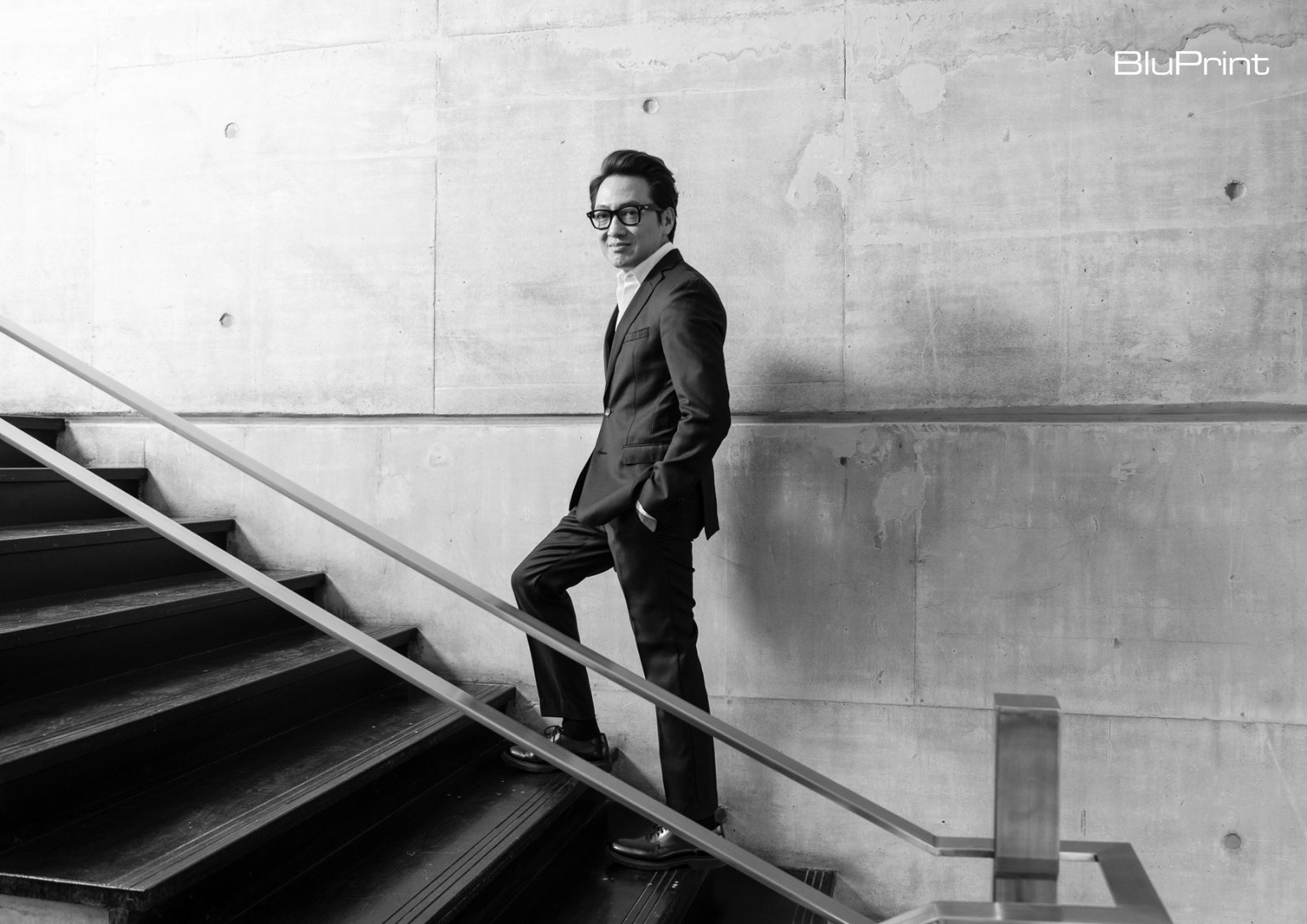
It was perplexing to some why Megawide was bold enough to participate in big-ticket infrastructure projects, given that they were much smaller than other competitors and only had construction experience at the time. Saavedra noted that most infrastructure in the country were run and operated by the government. Before these projects were rolled out, our private sector had minimal to no experience in these kinds of projects. In short, the Philippines did not have an “infrastructure industry” per se. The CEO further declares, “When the government opened projects for bidding, the response from the private sector was very positive. Megawide was glad to participate then and for as long as there are investors and banks willing to support us and our vision to develop first-word infrastructure, we will pursue this business.”
“Half of Megawide’s success is due to our deep understanding of how to engineer structures in an optimal and efficient way. That is why we are able to build faster, cheaper, and with better quality.”
Edgar Saavedra on Megawide’s strength
Clark International Airport’s New Passenger Terminal Building during construction.
Markers of Progress
Although Megawide is already considered as one of the Philippines’ most successful, most progressive infrastructure conglomerates, Saavedra refuses to measure success by volume of its projects. For him, the greatest indicator of their success is their contribution to the industry.
He recalls that when Megawide started, Philippine construction was far behind other countries. Political turmoil had plagued the country for decades and this significantly hindered national development. This spilled over to industries such as construction. Despite this setting, Saavedra reflects that having zero experience in the construction industry worked immensely to their advantage. “Disadvantage can be an advantage if you play it well.” He further explains that if they had been steeped in the traditional practices, it would have been challenging to unlearn all of it.
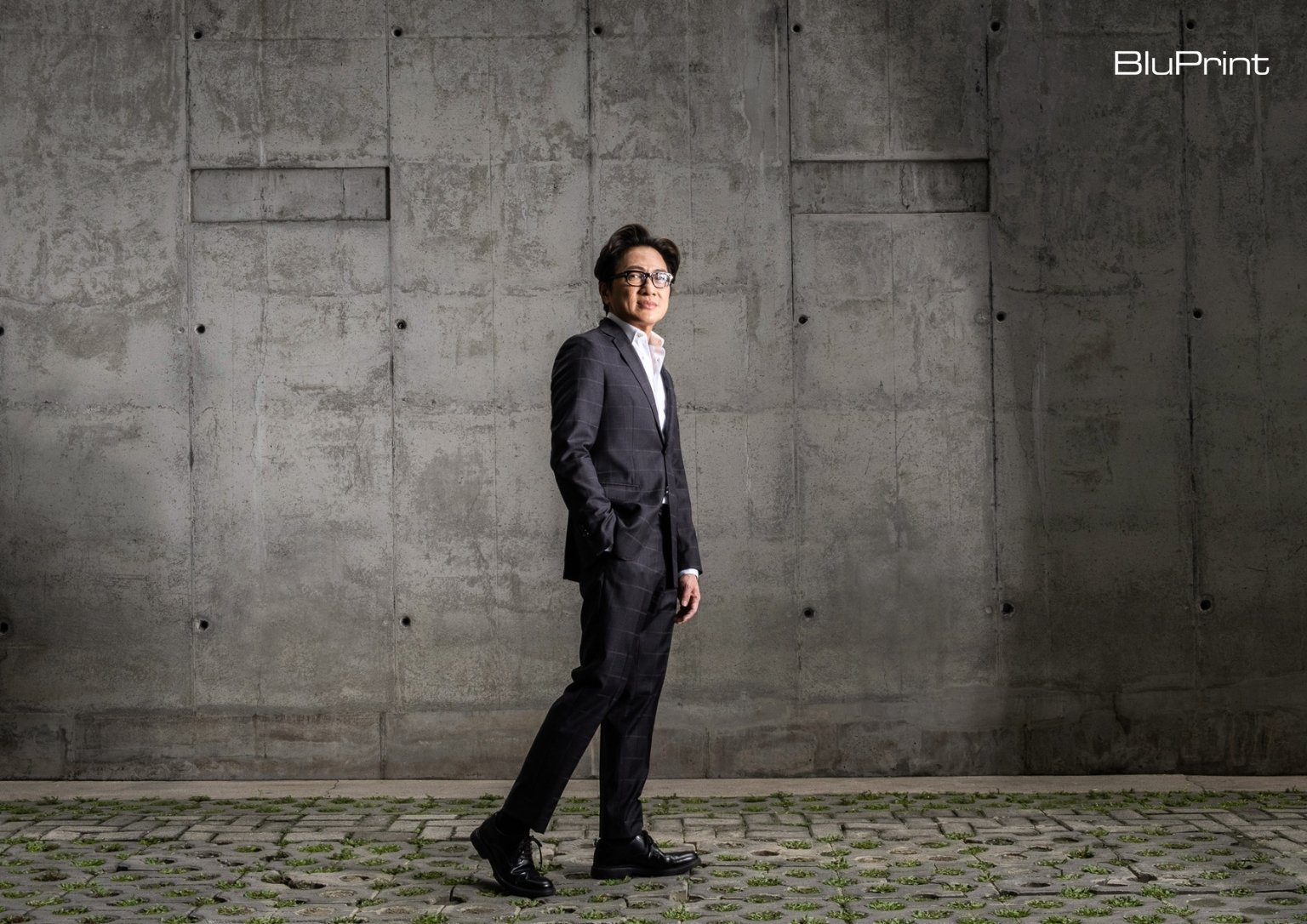
“If I had experience, I would not have tapped all these foreign consultants who eventually became my friends. I wouldn’t try to research abroad about what could be a piece of good equipment or what would be a good method to build faster,” he adds. The technologies and key people that Megawide brought in to speed up quality construction substantially contributed to its growth as a corporation.
However, it was another battle altogether to convince members of the same industry, such as architects, designers, other engineers, and clients to accept these “new” technologies. It took the better part of a decade for clients and partners to fully embrace the innovations and methodologies they were introducing.
Presently, more than half of the proprietary technologies of Megawide are now being used across the country. Innovations in formwork systems, precast, and concrete batching, are now becoming the standard in construction.
On Success and Moving Forward
Philippines’ First Landport: The Paranaque Integrated Terminal Exchange (PITX)
In 25 years, Megawide Construction Corporation has grown from a mid-size construction firm into a conglomerate that is dedicated to continuous innovation and imparting its engineering knowledge with other players and aspirants. Engr. Saavedra says they will continue to expand their footprint in the industry. “We want to focus on infrastructure and affordable housing because the Philippines needs it. We have started with Mactan-Cebu Airport and Paranaque Integrated Terminal Exchange. In the next 25 years, we see Megawide as a builder or developer of innovative infrastructure projects, including transport-oriented developments and, hopefully, more rail projects.”
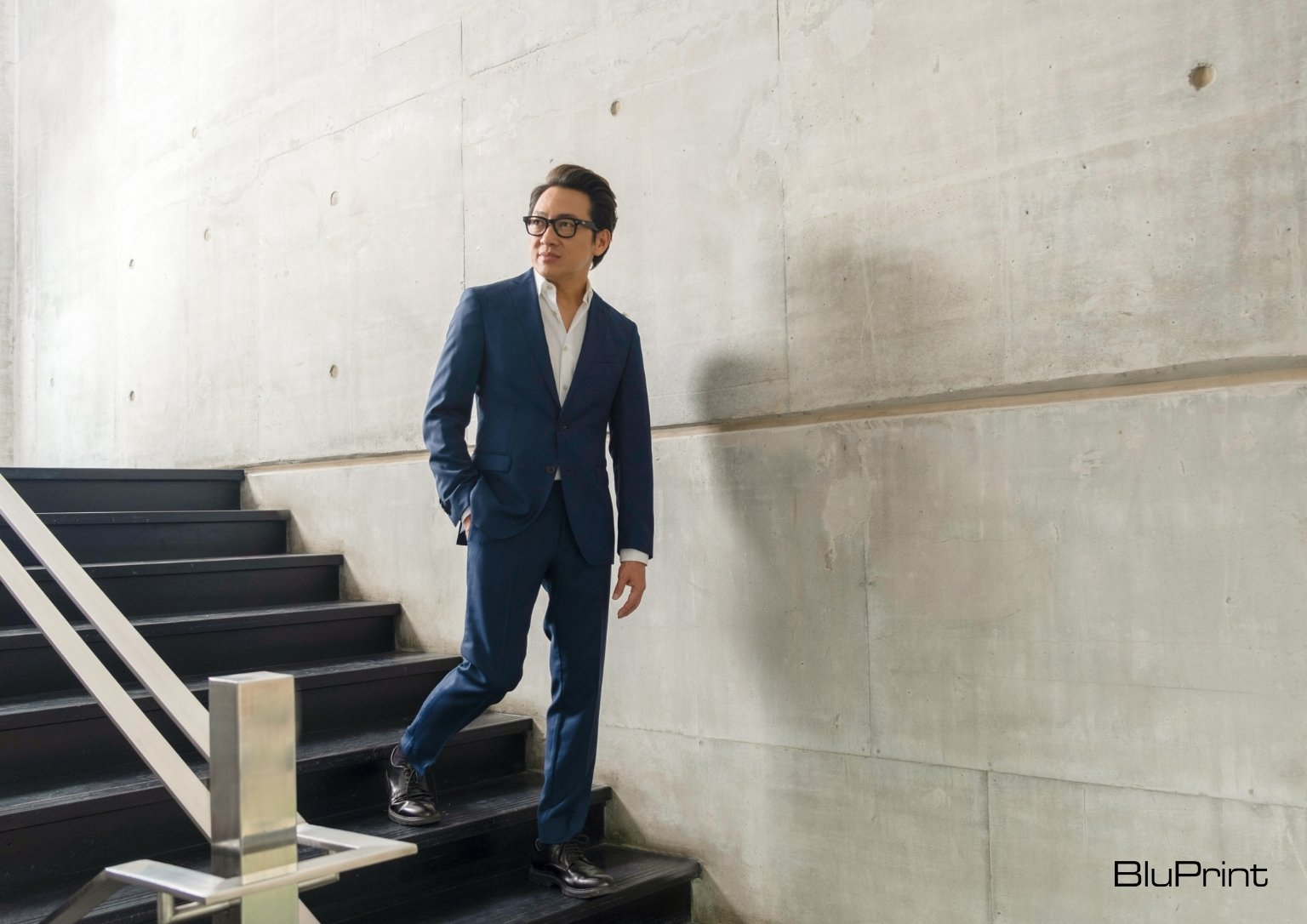
For Saavedra, success is not just the number of buildings they have completed or the revenues generated by the business – it is a balance between expertise, profit for shareholders, and the impact your work has on society.
“Our vision is to engineer a First-World Philippines. I realized that it is vital to impart my knowledge to help society prosper. I have all this know-how and experience, and it should be able to help the government and our communities build infrastructure that truly benefits the people.”
Text: Carisa Magno
Photographer: Ed Simon
Sittings Editor: Geewel Fuster
Art Direction: Dianne Fernando
Marketing Communications Manager: Pam Rodriguez
Shoot Coordination: Mae Talaid, Erica Luna and MJ Almero
Precast Concrete Plant Photos courtesy of Megawide.

